Houseplants love our properties! They originate from heat areas worldwide and have traits that make them thrive in family settings. Tropical, desert, and temperate crops all work efficiently contained within the confines of the indoors. Some admire low mild, whereas others want full picture voltaic circumstances to outlive the winter.
Regardless of the place you reside, there are houseplants you’ll be able to propagate in November. The place you reside might current challenges for winter plant propagation, nevertheless there are straightforward selections to spice up the multiplication course of.
In case you lack ample mild in your house and wish to develop desert species like aloe or burro’s tail, take into accounts along with develop lights to your indoor yard. Develop lights mimic daylight for crops and are incredible substitutes in northern areas with transient winter days. Set the lights on a day-to-day timer for no less than eight hours on and sixteen hours off, and your indoor seedlings or cuttings will thrive all by the use of the chilly months. For these crops that want oblique mild, set them barely to the side of the develop mild.
With out develop lights, you’ll wish to place the propagules or cuttings close to a vivid window with direct daylight or vivid oblique mild. Every species is totally utterly completely different, so we’ll embody directions on easy methods to propagate 27 utterly utterly completely different houseplants this November!
Snake Plant
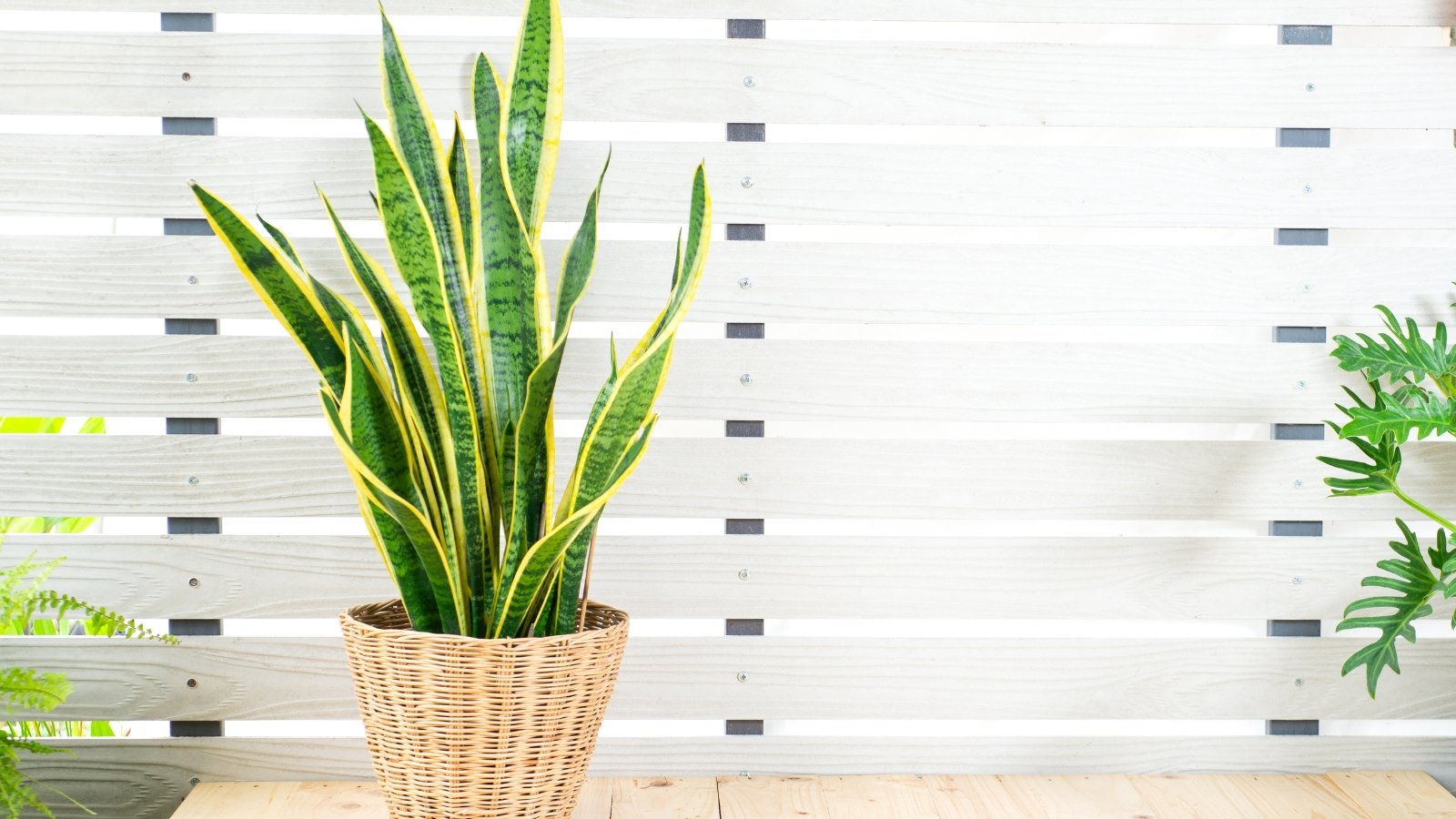

Snake crops are in distinction to a different plant! They form extended, enormous leaves which will probably be thick and arduous to the contact. They develop in rosettes, with new leaves sprouting from a central location. Comfortable snake crops will form secondary shoots from their base, which will be straightforward to propagate.
Snake crops root from leaf cuttings, divisions, and secondary shoots. Leaf cuttings take the longest time to root though they’re straightforward to supply. Begin by slicing a snake plant leaf off and reduce a V-shape into its base. Place the lower leaf correct proper right into a pot with moist potting soil, or in a glass of water. Place them beneath a vivid window or develop lights—you’ll begin seeing roots after a month or longer.
Divisions and secondary shoots are additional sturdy to look out nonetheless easier to root. Begin by slicing divisions off of the principle plant whereas holding as many roots as potential. For divisions, take your plant out of its pot and separate the rosettes. Plant the cuttings and divisions in new containers with fashionable potting soil. They’ll root and shortly develop as spring arrives.
Pothos
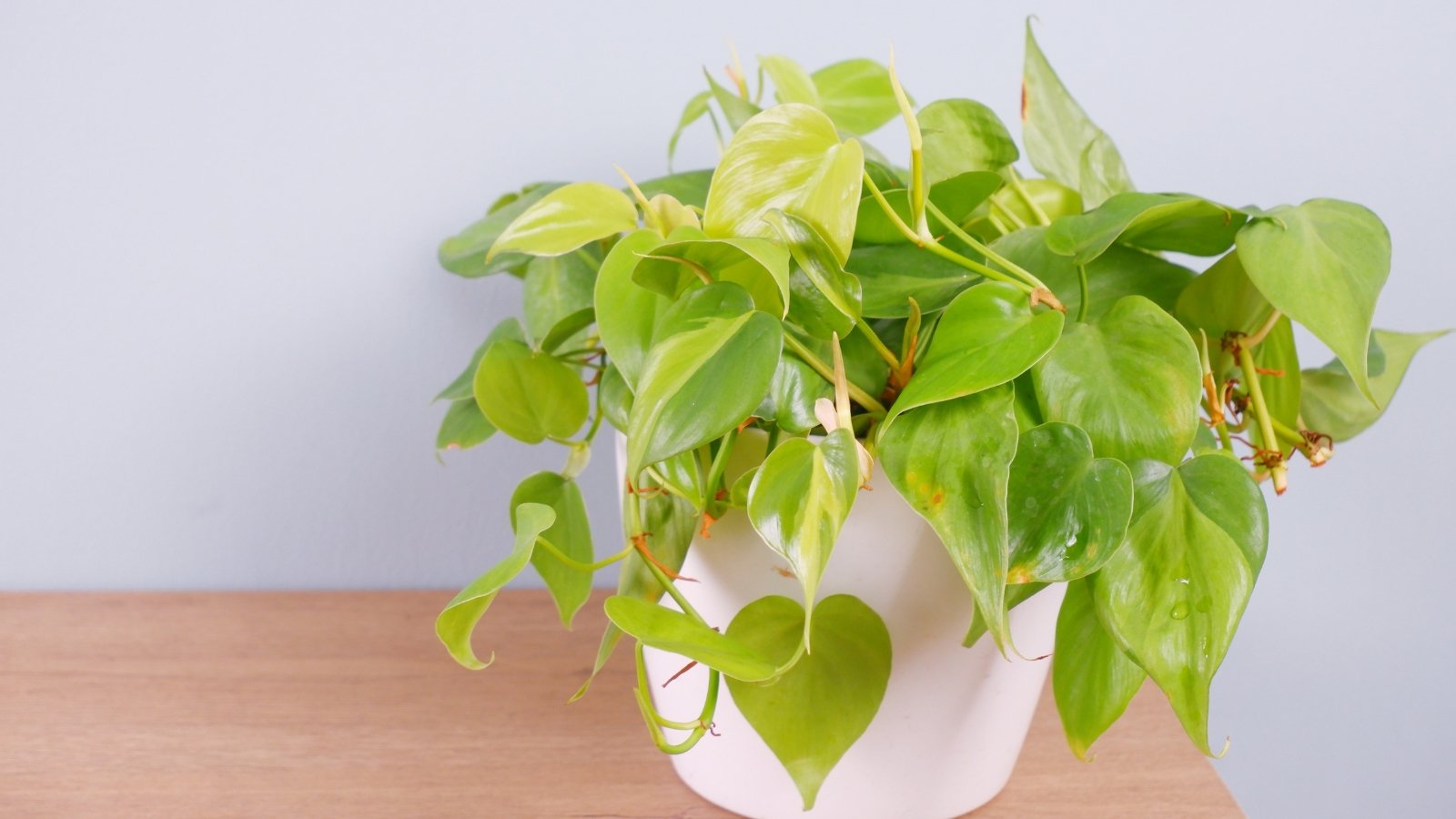

Pothos is the ultimate phrase indoor species! It’s a tropical vining houseplant with lush inexperienced leaves which you’ll propagate merely in November with out fairly a bit effort or upkeep. Merely place pothos stems in water or filth, give them low mild circumstances, and watch as they sprout new leaves after rooting.
Pothos crops usually tend to lose their leaves over time and solely protect them close to their stems’ ends. Prune your crops usually to maintain up them bushy and leafy. After pruning, you’ll have quite a lot of stems to make additional pothos vines! Place them in jars of water in case you run out of plant pots since these vines can reside a few years in water with out soil.
Dozens of pothos varieties exist for houseplant collectors. Strive the usual golden pothos for yellow-green variegated leaves on vines which is able to attain over 40 ft extended! In case you choose all inexperienced leaves, select jade pothos. For yellow foliage, select neon pothos.
Weeping Fig


A weeping fig is a kind of Ficus tree that works efficiently as a small houseplant. It has vivid inexperienced new progress that turns darkish with age. The stems and branches are quirky, forming crooks and zig-zags all by the use of the cover. Not solely is the weeping fig a extremely excellent houseplant, nonetheless it’s furthermore a wonderful indoor bonsai specimen; it roots readily for simple propagation.
Weeping figs form aerial roots of their native fluctuate. The roots drape down and sort new trunks to carry up the thick branches. Indoors, your specimen will protect beneath ten ft. Develop it close to a vivid window with oblique mild, and protect its soil moist nonetheless not soggy.
Propagate weeping fig by taking stem cuttings. It’s greatest to prune your plant for shaping by the use of the winter months, which suggests you’ll have quite a lot of provides to make cuttings with. Strip off their decrease leaves, place them in pots with free-draining potting soil, and protect them beneath vivid oblique mild. They’ll admire frequent water as rapidly as their soil dries out, forming roots after two weeks or longer.
Fiddle Leaf Fig
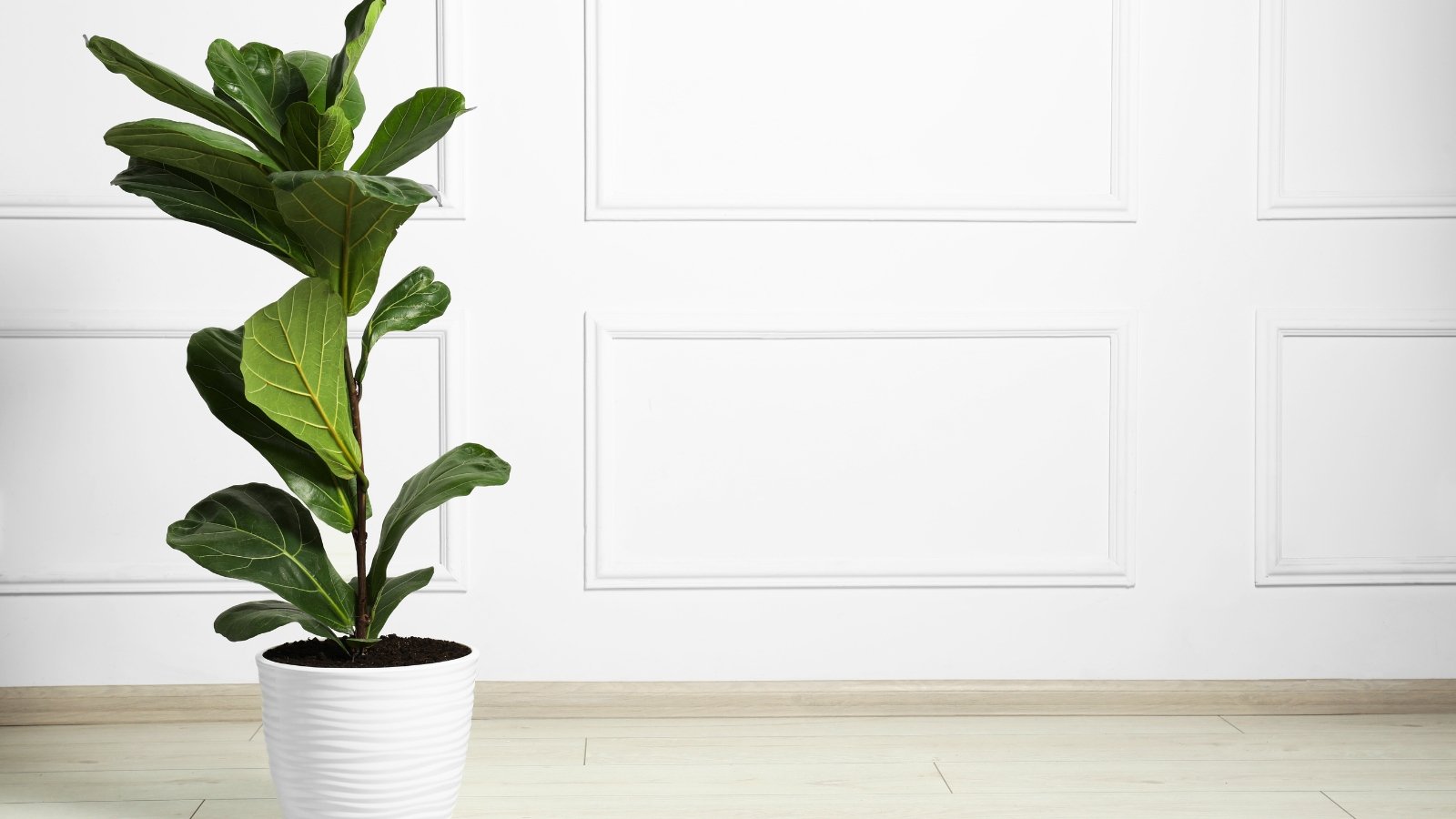

The fiddle-leaf fig is an in depth relative of the weeping fig and has an an an identical progress habits. It reaches over 100 ft tall in its native fluctuate of central and western Africa, towering over lower-growing vegetation. It’ll protect beneath 10 ft tall in your house in addition to it grows in an atrium or greenhouse. Prune it to dimension as you want, and save the cuttings to propagate!
Inexperienced cuttings with fashionable progress sprout roots sooner than woody ones, though every will work for propagation. Slice ten-inch extended cuttings off the principle plant, then strip them of their decrease leaves. Place them in pots with fashionable potting soil, then water them efficiently.
A humidity dome or plastic bag all through the cuttings will assist your specimens develop roots. Place your fiddle-leaf figs close to vivid oblique mild or partial shade, and guarantee their soil stays moist. Take away the domes or plastic baggage day-to-day to avoid mould or undesirable fungal progress in your delicate crops.
ZZ Plant
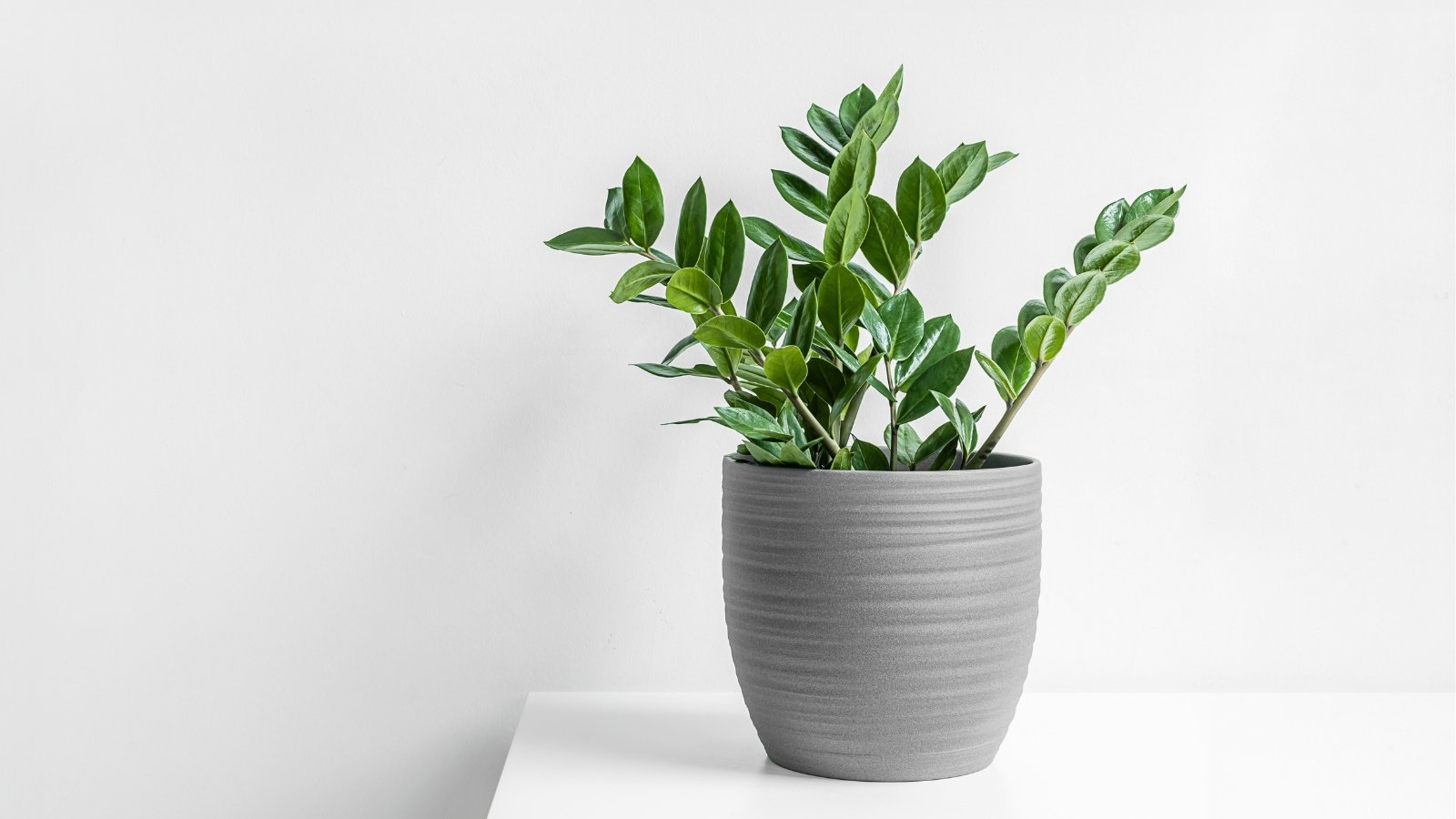

ZZ crops are spectacular houseplants! Their frequent title reveals their scientific title, shortening it to ZZ as an alternative of the hard-to-pronounce Zamioculcas zamiifolia. These perennials are drought tolerant, thrive in low mild, and love indoor climates. After getting one specimen, you’ll wish to create dozens additional!
There are a lot of completely different strategies you’ll be able to multiply present ZZ crops all by November. Leaves, stems, seeds, and rhizomes all work efficiently for propagation. Leaves root in water with vivid mild, whereas stems, seeds, and rhizomes all want potting soil that dries out between waterings.
ZZ crops sprout inexperienced leaves, though there’s one with black leaves that’s enticing as a houseplant. Black Raven™ ZZ crops, furthermore ‘Dowon’ contained in the horticultural commerce, develop just like the green-leaved species kind, along with their leaves sprout inexperienced and shift black as they age. Propagate each varieties utilizing the strategies we talked about above.
Philodendron
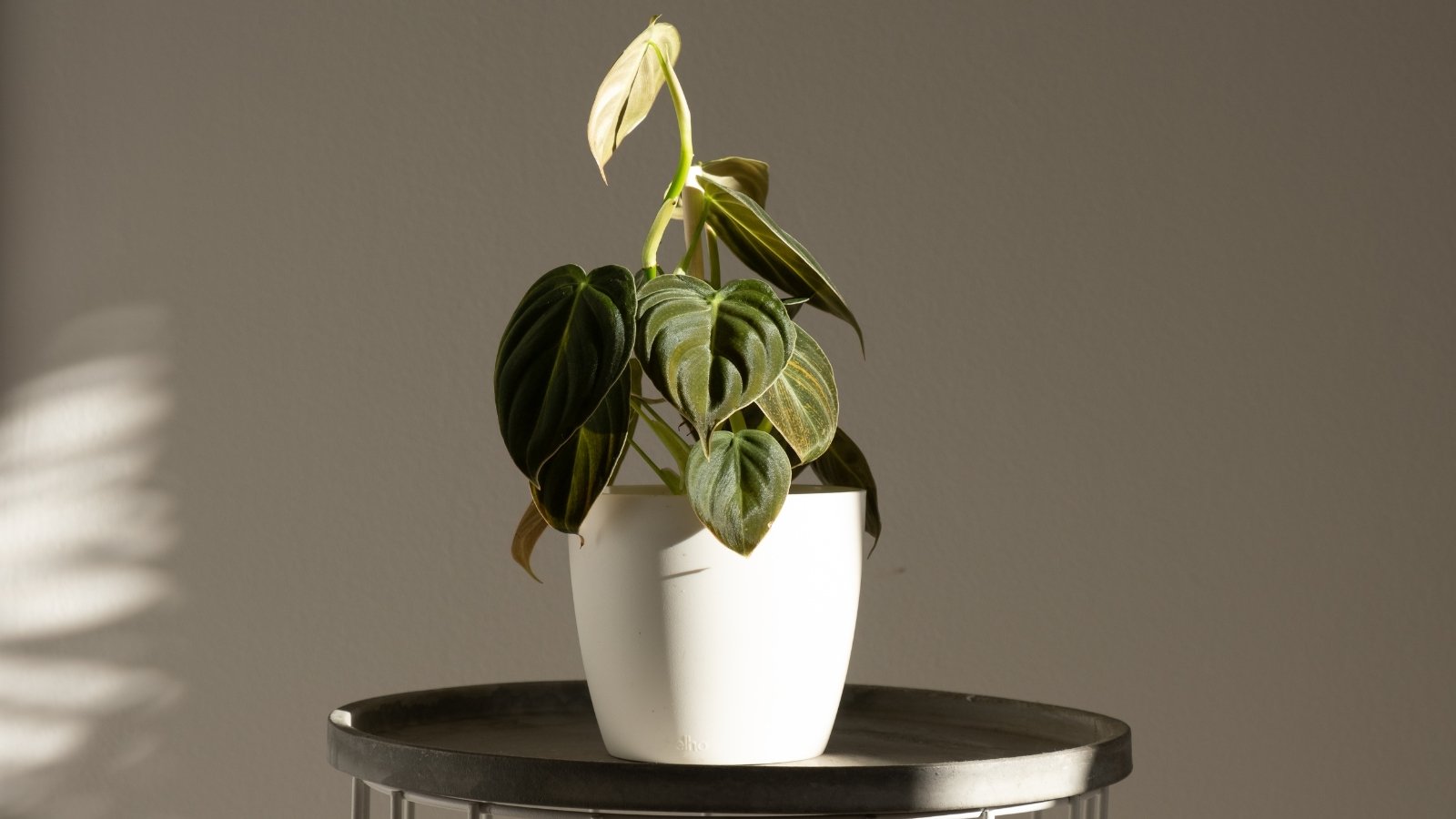

Philodendrons resemble pothos crops; they sprout leaves off spreading vines that creep alongside the soil and climb timber with aerial roots. The Philodendron genus is awfully fairly a couple of, and there’s constructive to be a wonderful kind for you and your private residence. In case your good good good friend has an overgrown one, ask them for a stem chopping after they prune it.
Stems root merely in water or soil. Most philodendrons want vivid oblique mild day-to-day or partial shade, notably whereas they lack roots all by propagation. Dappled daylight with full shade works efficiently in out of doors places for mature specimens—it mimics a tropical forest the place these crops must climb utterly completely different species to succeed in direct daylight.
Some low-growing and shrublike philodendrons exist for the adventurous houseplant collector! Propagate them the an an identical as vining varieties with stem cuttings in soil or water. Strive Thaumatophyllum xanadu, which was beforehand typically known as Philodendron xanadu for its lower leaves and mature peak of two to a few ft. Go for Thaumatophyllum bipinnatifidum, beforehand typically known as P. bipinnatifidum in case you need tree-like species; it reaches 10 ft tall with large lobed leaves.
Spider Plant
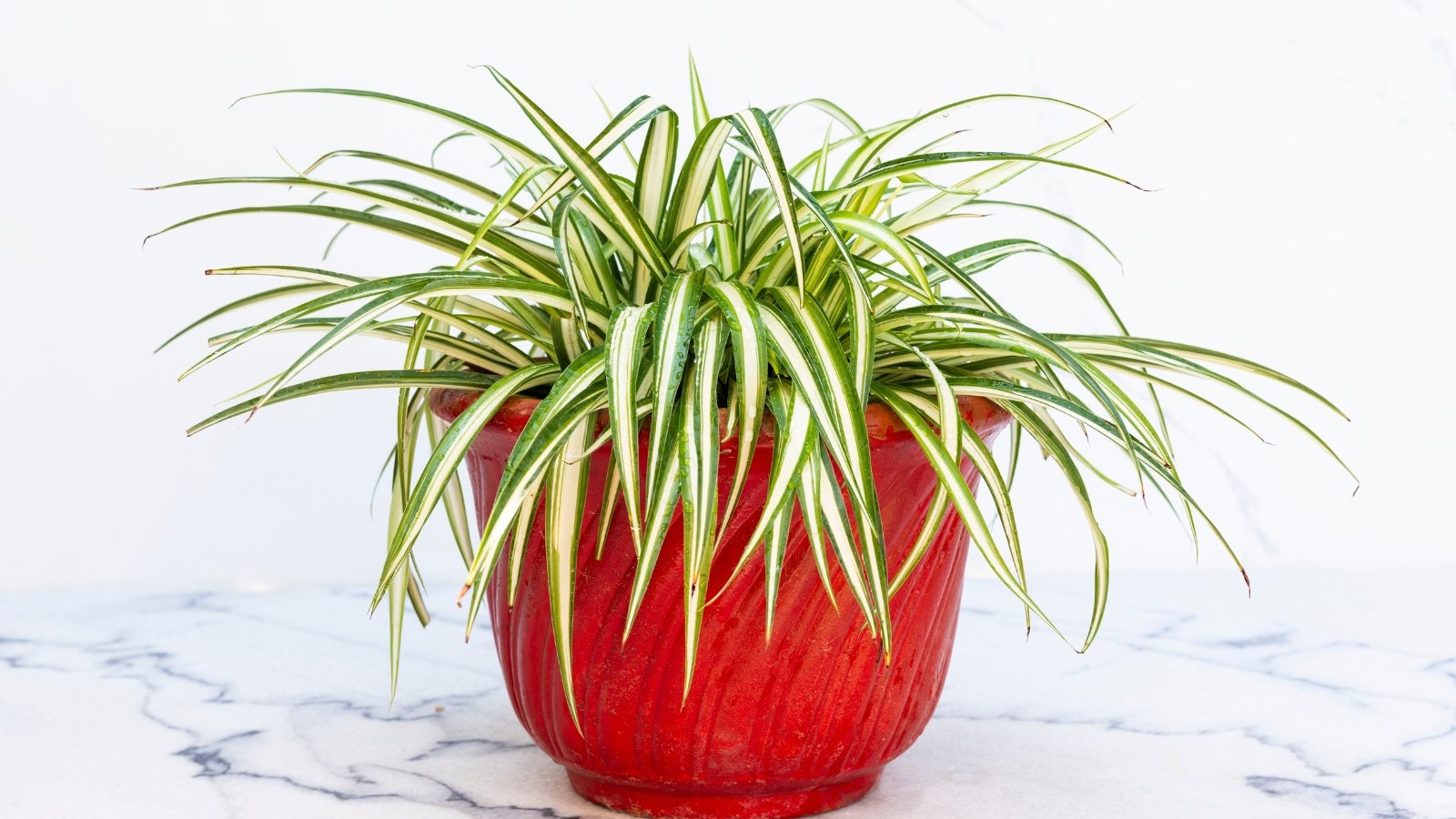

Spider plant is a vigorous houseplant that gives dozens of choices to propagate in November and all by the use of the winter. Mature specimens ship out extended stems with white flowers that sort seeds after worthwhile pollination. After seeds, plantlets with roots begin rising as an alternative of the flowers. Each seeds and the aerial plantlets are good for propagating this easy-growing species.
The flowers gained’t pollinate themselves on their very private. You’ll want a paintbrush to mud pollen from one flower into one completely different. After various days, a fruit-like improvement with three sections will form with black seeds inside.
Sprout seeds or plantlets in moist potting soil with vivid oblique mild. Spider crops, like ZZ crops, are terribly low mild tolerant, though they admire some brightness whereas germinating and sprouting roots. Their leaves will flip yellow within the occasion that they’ve too little mild or an excessive amount of soil moisture. Water them as rapidly as their soil dries on prime, and provides them additional mild if it’s darkish.
Cape Primrose
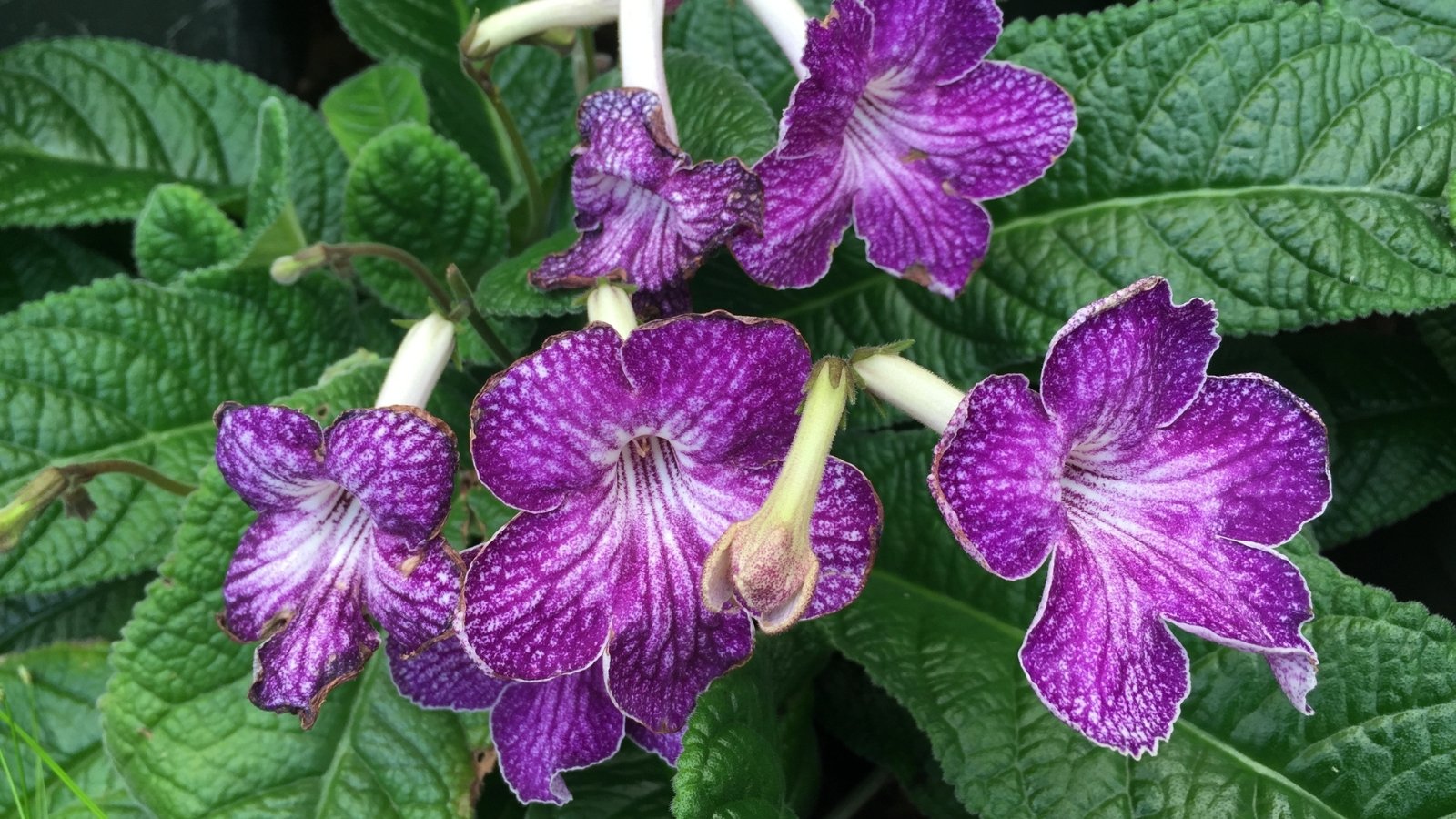

Cape primrose grows rather a lot like African violets. Flowers sprout off stalks from central rosettes of foliage. As an alternative of spherical or heart-shaped leaves like African violets, cape primroses have extended, fluffy leaves with spherical methods and fuzz all by the use of.
These easy-growing houseplants sprout roots readily from leaf cuttings and divisions. Place cuttings in moist, free-draining soil. You’ll need the filth to be moist nonetheless not soggy; this retains rotting circumstances away out of your delicate propagules. You’ll know they’re prepared for transplanting as quickly as they sprout new leaves and blossoms in abundance.
Divide cape primrose by eradicating its container first. Uncover rosettes of leaves that develop a strategies from the crown and loosen these gently from the daddy or mother plant. Repot these divisions with moist potting soil, and place them close to a vivid window with oblique mild or partial shade.
Dwarf Jade
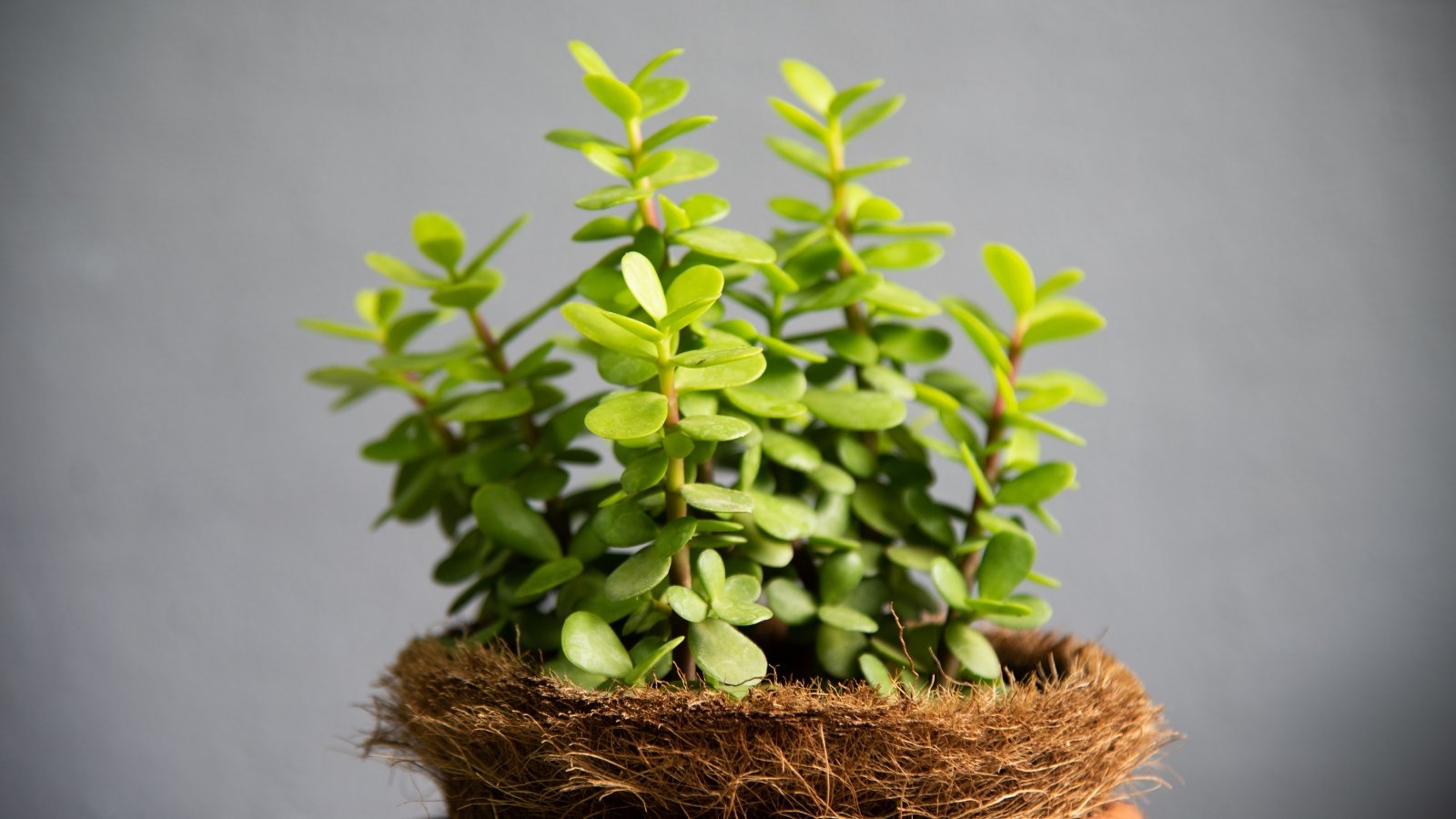

The dwarf jade plant, or elephant bush, is a woody succulent species good as a houseplant, bonsai tree, or out of doors hedge. It’s frost-tender nonetheless survives gentle winters in zones 9 and 11 all by the use of North America. Develop it indoors yr spherical for its fleshy inexperienced leaves and brown woody stems—it’s terribly decorative!
Like utterly completely different succulents, the dwarf jade plant sprouts readily from its leaves or stems. Plant them in free-draining potting soil, and allow them to have moist soil with breaks between waterings. This species is drought tolerant, nonetheless fastened moisture is important whereas the stems or leaves sprout roots. As rapidly as they’ve ample progress, they’ll be drought tolerant.
Not like most earlier houseplants on this itemizing, dwarf jade wants full picture voltaic or partial shade circumstances indoors. They admire sunny residence dwelling home windows with no less than two hours of day-to-day daylight. Develop lights are good for dwarf jade crops in areas with transient winter days to reinforce their pure lighting. In case you turn yours outdoor, guarantee it doesn’t purchase an excessive amount of direct daylight. This could scorch the leaves.
Calathea
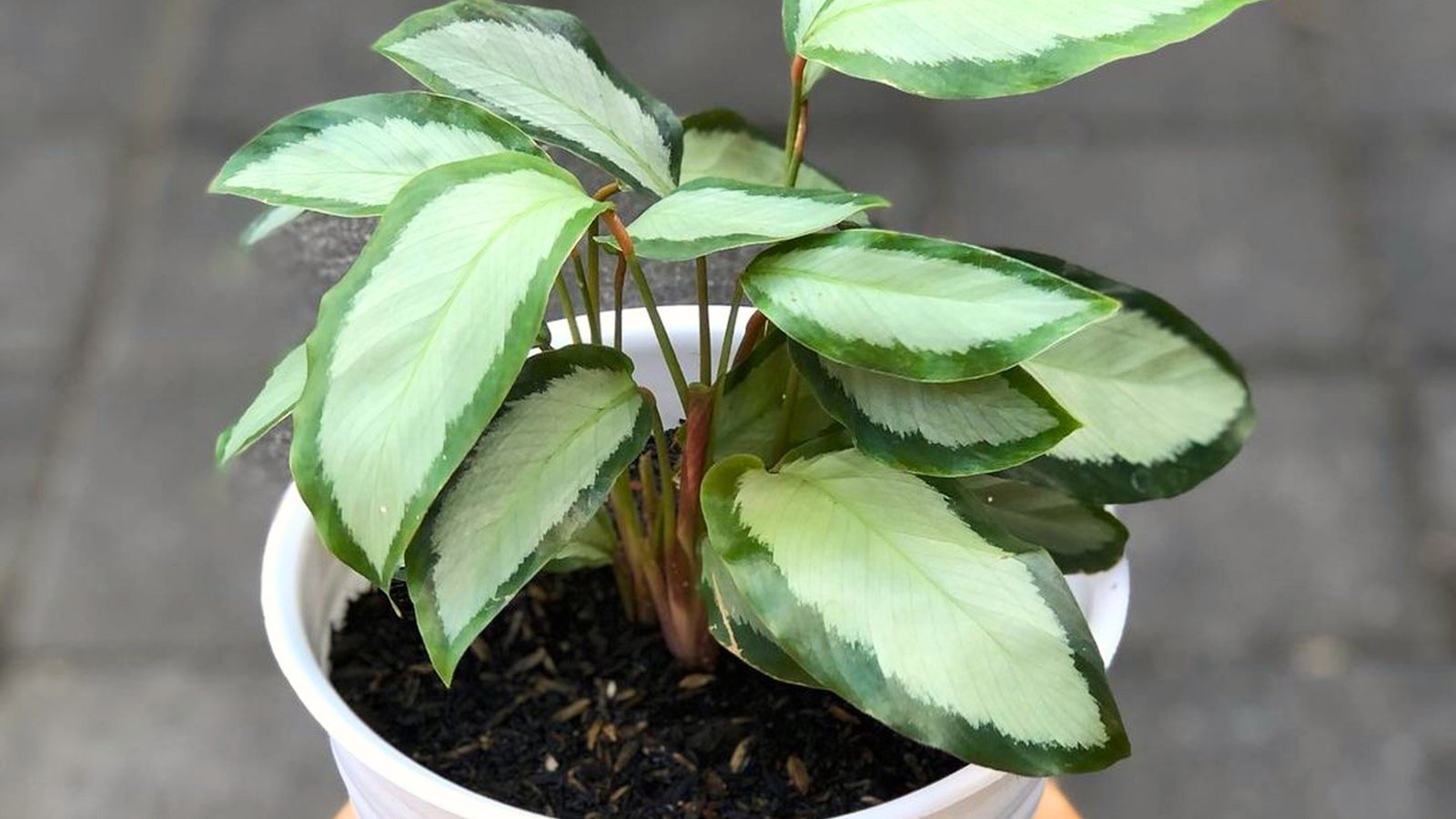

Calatheas are well-known for being powerful houseplants to take care of. Though that is true, they’re an an identical to a different plant; give them the circumstances they want, they usually additionally’ll thrive. They’ll separate into various crops while you divide healthful and mature specimens.
To divide a calathea, take away its pot and take inventory of the roots. You’ll need every division to have a strong root system. Separate crops with a knife or scalpel, taking care to go away as fairly a bit healthful progress intact as potential. Up-pot the divisions in containers with fashionable potting soil, and water them efficiently.
Calatheas want vivid mild and moist circumstances to thrive. Spray their leaves each two days, or take into accounts inserting them close to a humidifier or in a moist toilet. Select a decorative cultivar like ‘Pinstripe’ for lush inexperienced leaves with pink stripes, or ‘Crimson’ for rosy pink leaves.
Zonal Geranium
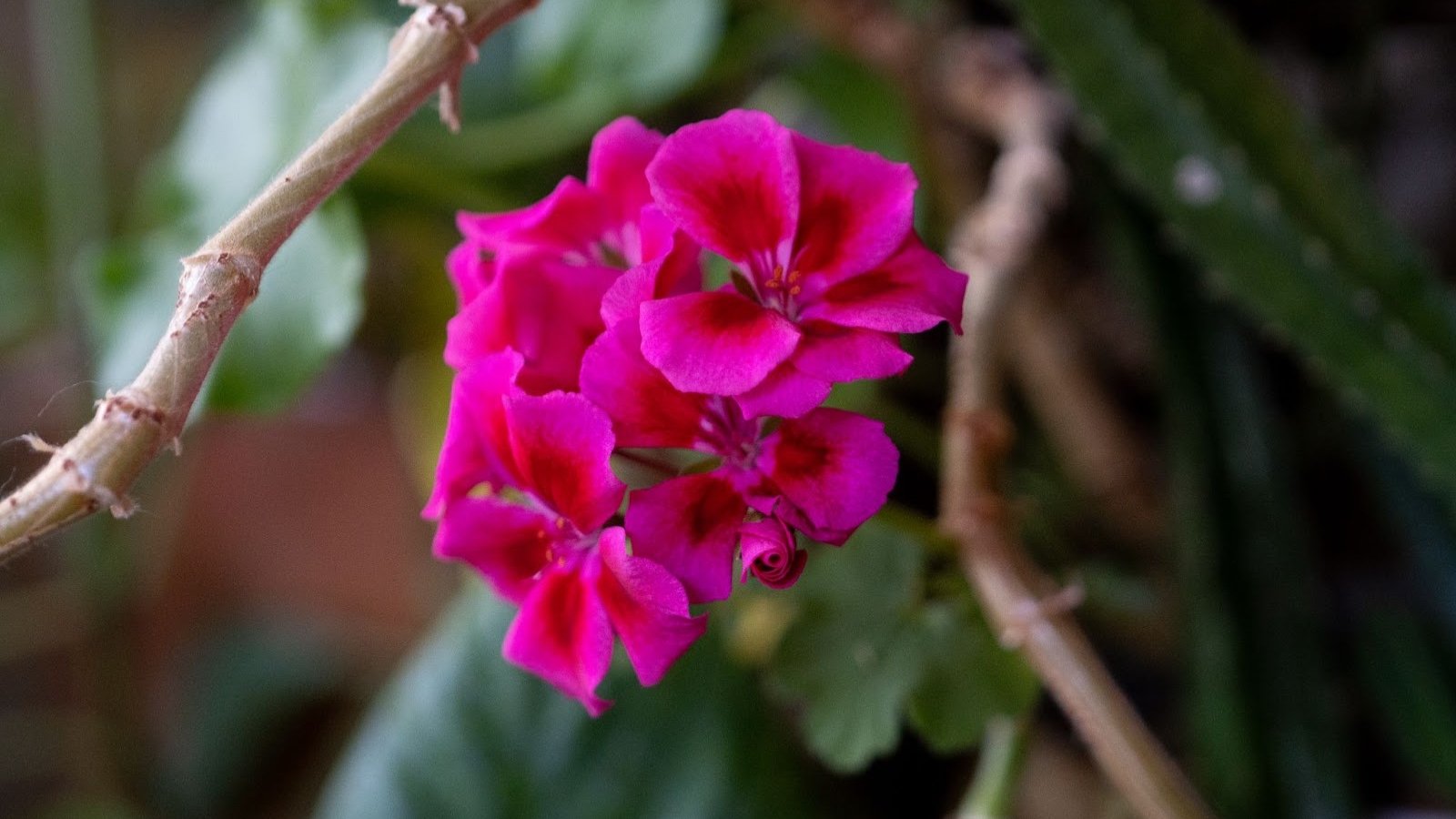

Widespread zonal geraniums aren’t true geraniums! They reside contained in the Pelargonium genus and are shut relations of hardy geraniums—the 2 are throughout the an an identical household Geraniaceae. Zonal geraniums are preferrred indoors on account of they lack frost hardiness in chilly winter zones. Carry them outdoor for the spring and summer season season, then situate them of their residence location for the cool months.
Growers in zones 10 and 11 are in luck; you’ll be able to develop zonal geraniums outdoor they usually additionally’ll survive yr to yr as perennials. With a whole bunch of cultivars and varieties, there’s constructive to be a extremely excellent geranium in your residence. As rapidly as you uncover one you’re keen on you’ll wish to multiply it endlessly.
Zonal geraniums are straightforward to propagate. Begin by taking cuttings with healthful inexperienced leaves at their methods. Plant them in well-draining soil, and protect their roots moist, not soggy. Give them as fairly a bit mild as dwarf jade crops, with no less than two hours of direct daylight day-to-day. They’ll produce vibrant blooms for years to return!
Coleus
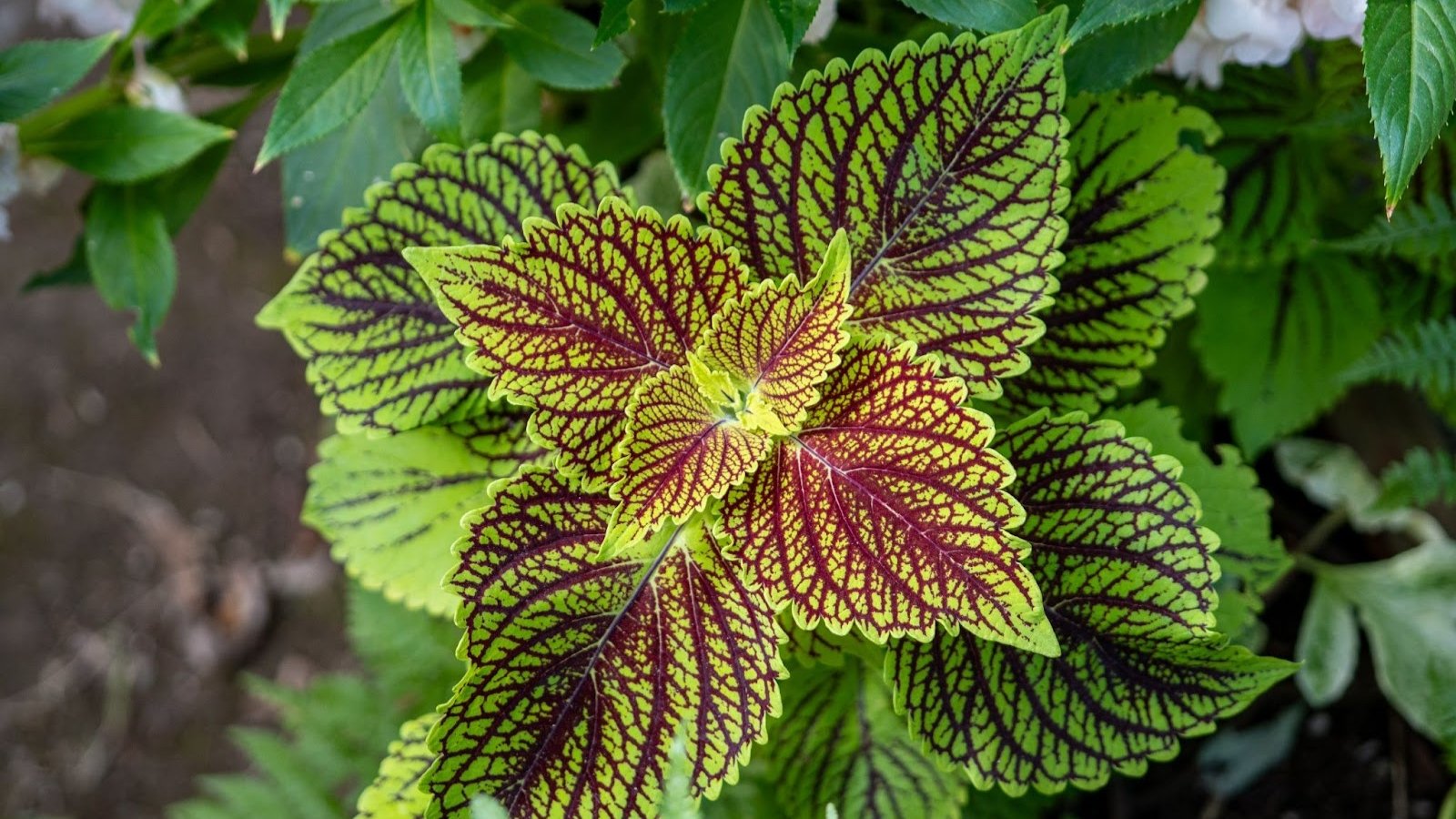

Coleus crops, like geraniums, are engaging yard ornamentals which will probably be frost-tender. Many growers plant them outdoor for spring by summer season season earlier than taking cuttings in autumn. They’ll overwinter the cuttings indoors, and plant them open air as quickly as they’ve ample roots in spring. Coleus seeds furthermore sprout new seedlings, though they might have utterly utterly completely different leaf patterns than their dad and mom.
You’ll do the an an identical as growers do collectively alongside together with your favourite cultivars. Uncover a leafy selection you want; they fluctuate in leaf form, shade, and plant improvement. You’ll uncover ones with pink-green, pink, inexperienced, yellow, or maroon colours. To multiply them, take six-inch or longer objects of the stems and slice them off the principle plant. Strip their decrease leaves, then put collectively them for rooting.
Root your freshly lower stems in soil or water. Give them vivid oblique mild or three to 6 hours of direct daylight day-to-day whereas they root, as they want additional brightness all by this weak time. You’ll see roots inside various weeks. In case your cuttings are contained in the soil, you’ll know they’ve roots after they sprout new leafy progress.
Purple Spur Flower
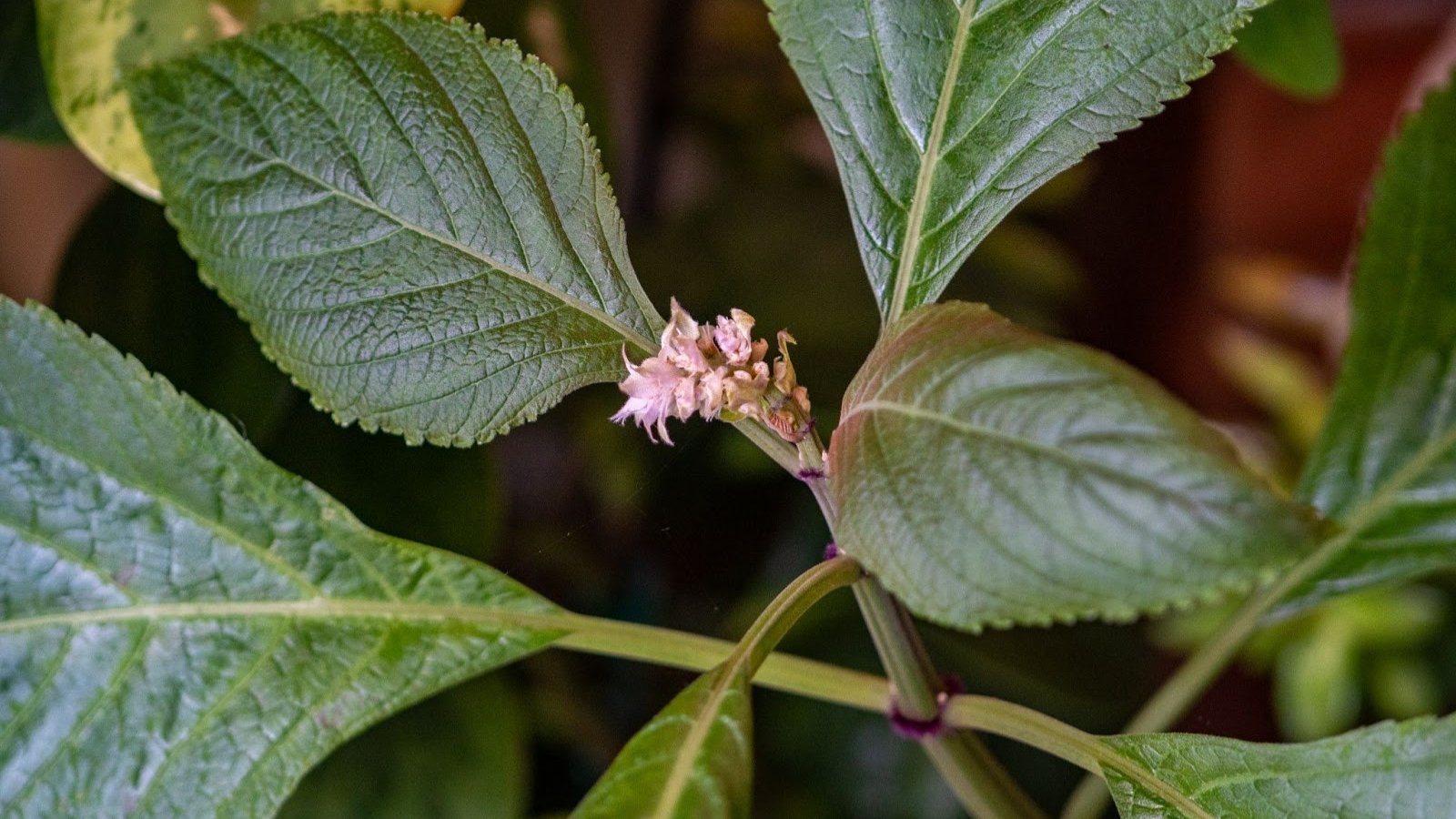

Purple spur flower is an in depth relative of coleus, though it’s a fairly a bit showier plant with spectacular blooms. Its inexperienced, fragrant leaves aren’t as loopy as coleus ones are, nonetheless its blooms outshine the frequent yard species. You’ll see extended flower spikes as rather a lot as 14 inches extended with layers of purple blossoms that enchantment to bees, butterflies, and hummingbirds.
Propagate purple spur flowers throughout the an an identical methodology as you’d coleus crops. Slice off objects of the stems six inches extended with leaves at their methods. Strip the underside leaves and place the stems in containers with soil or jars with water. They’ll form roots after two weeks or additional earlier than sprouting new leaves and flowers.
Not like coleus, purple spur flowers can attain 10 ft tall! Give them containers no less than eight inches deep so that they’ve adequate area to ship out deep roots. In case your crops droop typically or want additional water than widespread, they might want a higher container with new filth.
Swiss Cheese Plant
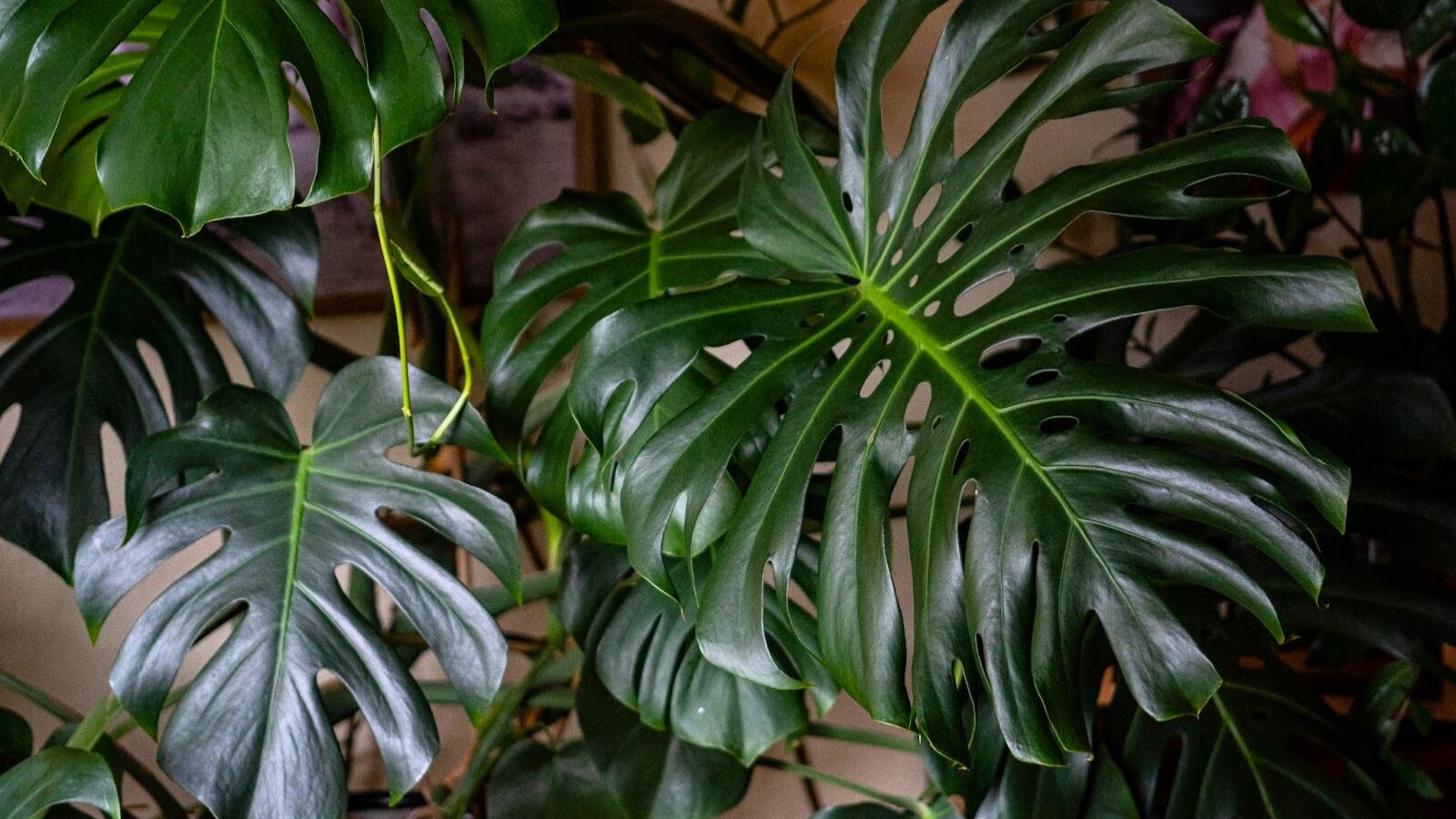

Swiss cheese crops are iconic vining spreaders from heat, tropical areas in Central and South America. You’ll uncover them utilizing thick, aerial roots to latch onto timber and develop tall to 70 ft! In your house swiss cheese crops will protect between six and eight ft tall.
Pothos, philodendrons, and Swiss cheese crops are all from the an an identical household Araceae. The multiplication strategies for pothos crops and philodendrons furthermore work efficiently for Swiss cheese crops. Take stem cuttings utilizing a pruner, as their stems are terribly thick and hard! Take away various decrease leaves, then place the objects in water or soil.
Monstera cuttings root after various weeks with vivid oblique mild or partial shade indoors. Keep their roots moist, not soggy, and change them nearer to the window if their leaves flip yellow or fall off excessively. You presumably can change mature specimens outdoor from spring by summer season season; they admire an out of doors journey!
Florist Kalanchoe
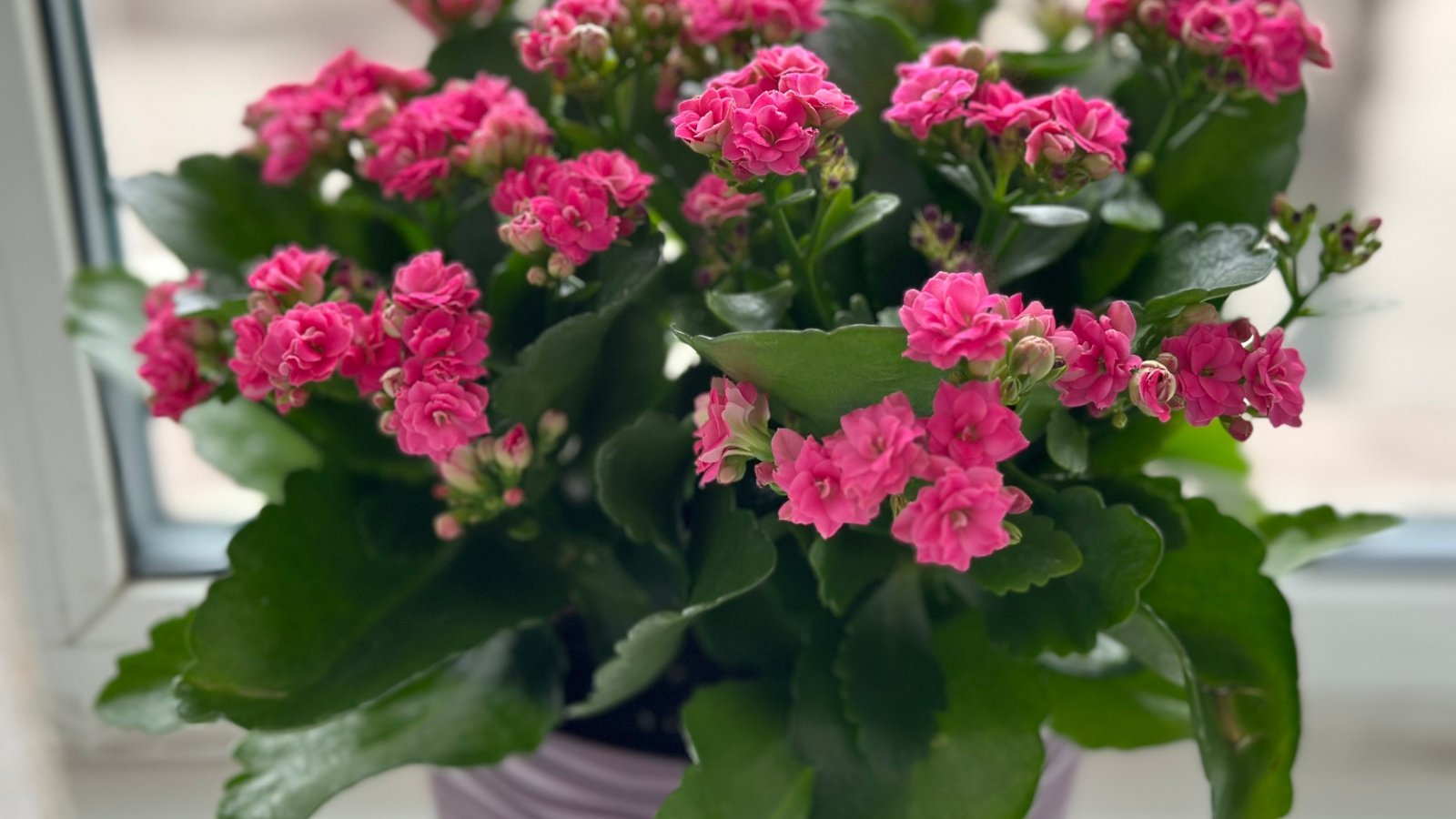

Florist kalanchoe crops are terribly frequent, as most retail yard providers carry a whole bunch of them in spring. There are pink, pink, orange, and yellow flowering cultivars with inexperienced, succulent leaves. They’re perennials in zones 10 by 12, and preferrred houseplants in all utterly completely different areas.
Like utterly completely different succulent species, florist kalanchoe crops love vivid mild and free-draining soil. When blissful, mature specimens ship out side shoots that appear like new rosettes. Slice these off the mom plant, and pot them in containers with fashionable soil. They’ll root readily and thrive in a sunny indoor room.
These perennials are mild feeders and drought tolerant. They generally die of an excessive amount of water or fertilizer pretty than too little. A straightforward trick to know when to water them is the finger study. Stick your finger contained in the soil and see in case you sense moisture. In case you do, protect off on watering till the soil dries additional.
Mom of A whole bunch and 1000’s
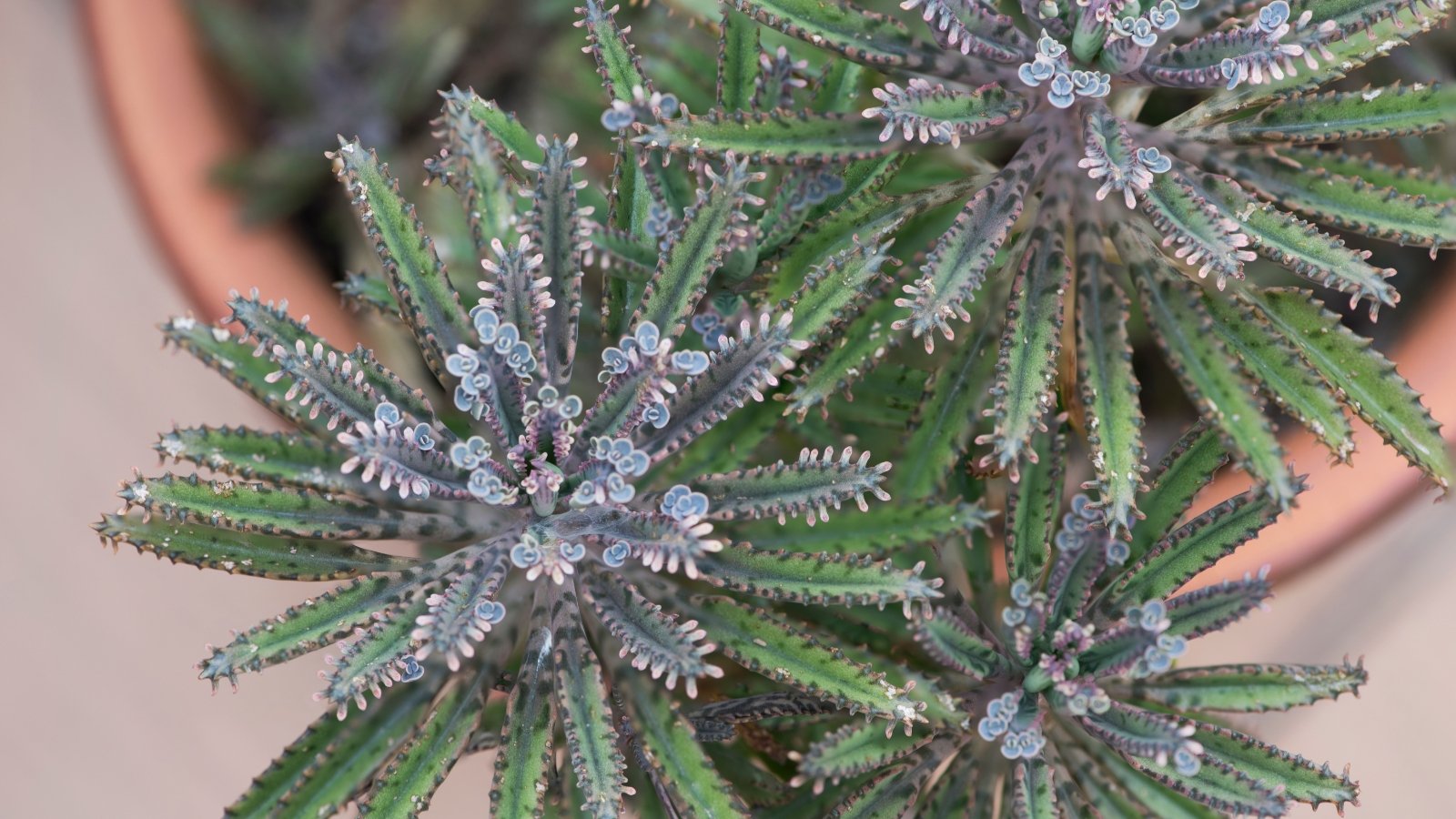

Mom of 1000’s and 1000’s is the proper title for this tropical plant species. This houseplant sprouts tiny plantlets with roots on its leaves, making it straightforward to propagate in November or most utterly completely different circumstances of yr. When the plantlets fall to the underside, they root readily and develop shortly. You’ll see tall stalks develop with additional leaves which have additional baby crops on their margins.
Due to this houseplant varieties seedlings with out seeds, it’s easy to propagate. Merely accumulate some plantlets, scatter them in a container with potting soil, and protect the soil moist. They’ll sprout tall, and as quickly as they purchase partial shade or full picture voltaic they’ll flower and sort seeds.
Likelihood is you will as properly use seeds to multiply your mom of 1000’s and 1000’s, though utilizing plantlets is method easier and sooner. Plant seeds on the soil’s flooring, and protect them moist beneath vivid mild. Seeds want additional mild than plantlets to thrive, so grant them develop lights throughout the event that they purchase lower than two hours of direct daylight day-to-day whereas germinating.
A phrase about this species: it’s invasive in some areas of USDA hardiness zones 10 and 11. Develop it as a houseplant to handle its unfold, and avoid planting it outdoor open air its native fluctuate in Madagascar.
Satan’s Spine
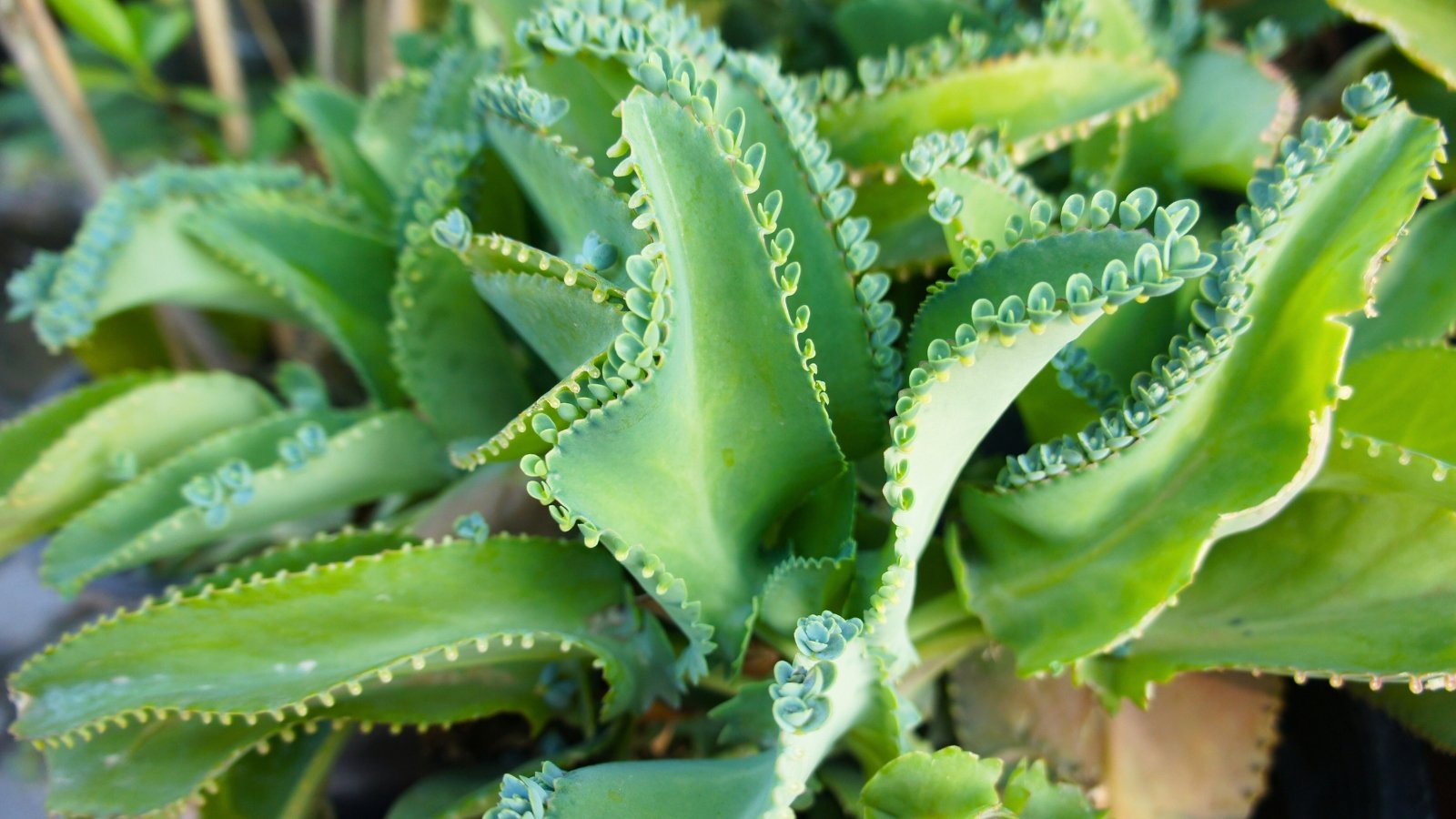

Satan’s spine resembles the mom of 1000’s and 1000’s, along with it has fewer plantlets and greater leaves than its relative. Satan’s spine sports activities actions actions vivid inexperienced leaves that resemble tongues with their shapes. Teen crops develop on the leaves’ margins; they fall to the underside when mature to root and multiply the species.
Whether or not or not or not you go for the mom of 1000’s and 1000’s or Satan’s spine will rely in your ornamental plant tastes. In case you need giant, daring assertion objects, select Satan’s spine. In case you choose skinny leaves with variegation, go for the mom of 1000’s and 1000’s.
This species wants vivid oblique mild or partial shade to full picture voltaic whereas indoors. Grant it quite a lot of mild, notably whilst you’re propagating it. Seedlings and new crops require additional sunshine to thrive than mature specimens, they usually additionally’ll want your entire brightness they will get whereas the events are transient in November.
Aloe Vera
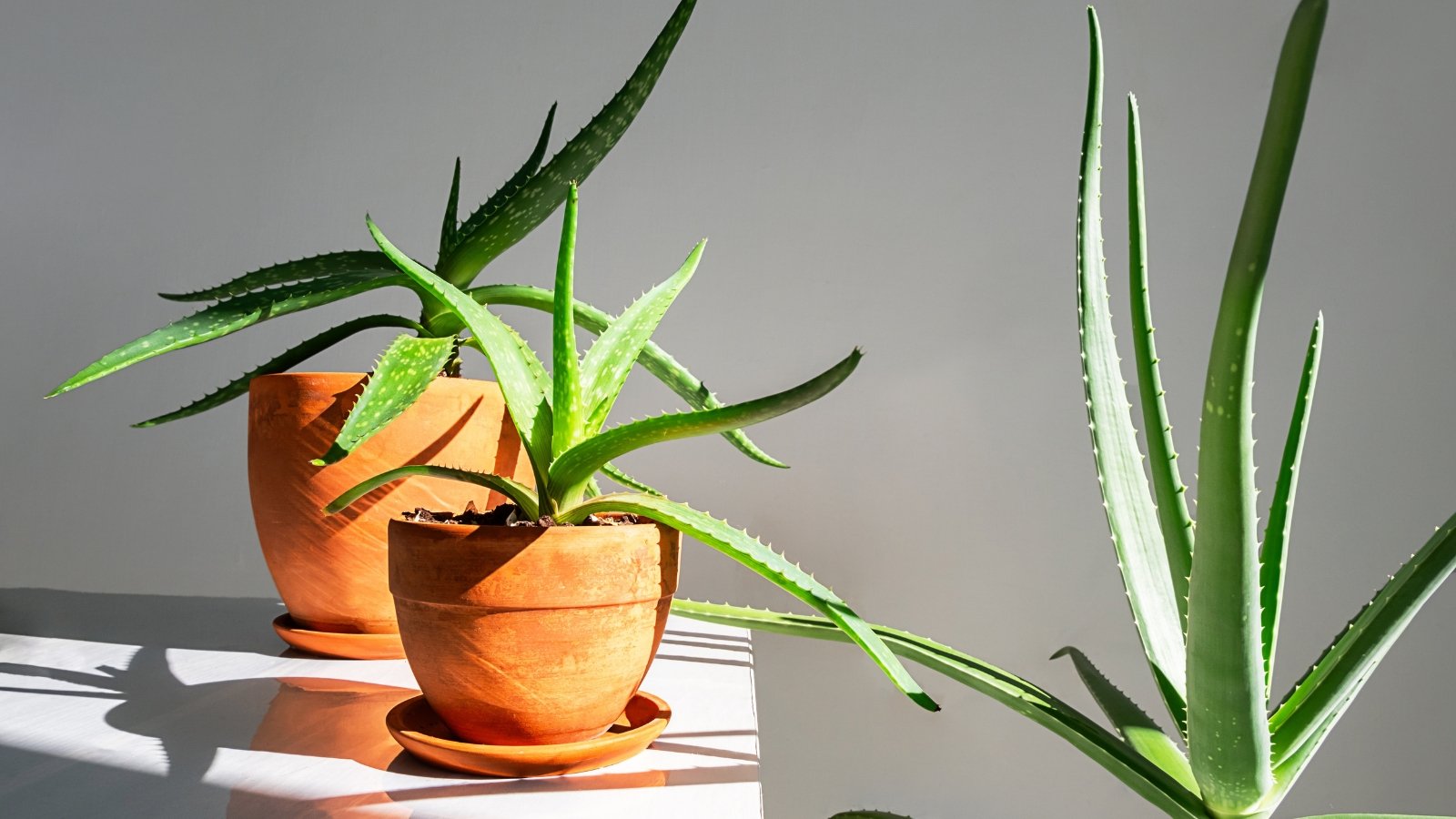

Aloe vera is one completely different sun-loving succulent that prefers heat zones with out harsh winter frost. Growers in chilly climates can strive bringing their aloe crops indoors for the winter and change them outdoor for spring and summer season season. Whereas they’re indoors, you’ll wish to propagate them into as many new specimens as potential!
Aloe propagation is simple; the principle consideration is mild and soil drainage, as these perennials choose dry soil and a great deal of mild inside your private residence. Guarantee these two wants are met, and your cuttings, seeds, or divisions will thrive all by November.
Propagate your aloe vera plant with cuttings or divisions, as they’ve higher success charges than seeds do. Take leaf or stem cuttings, and let their wounds callus for per week or two. For divisions, unpot your plant and separate it into various ones with roots. Plant your cuttings or divisions in a container with well-draining succulent or cactus soil, then water them as rapidly as their soil dries.
Peperomia
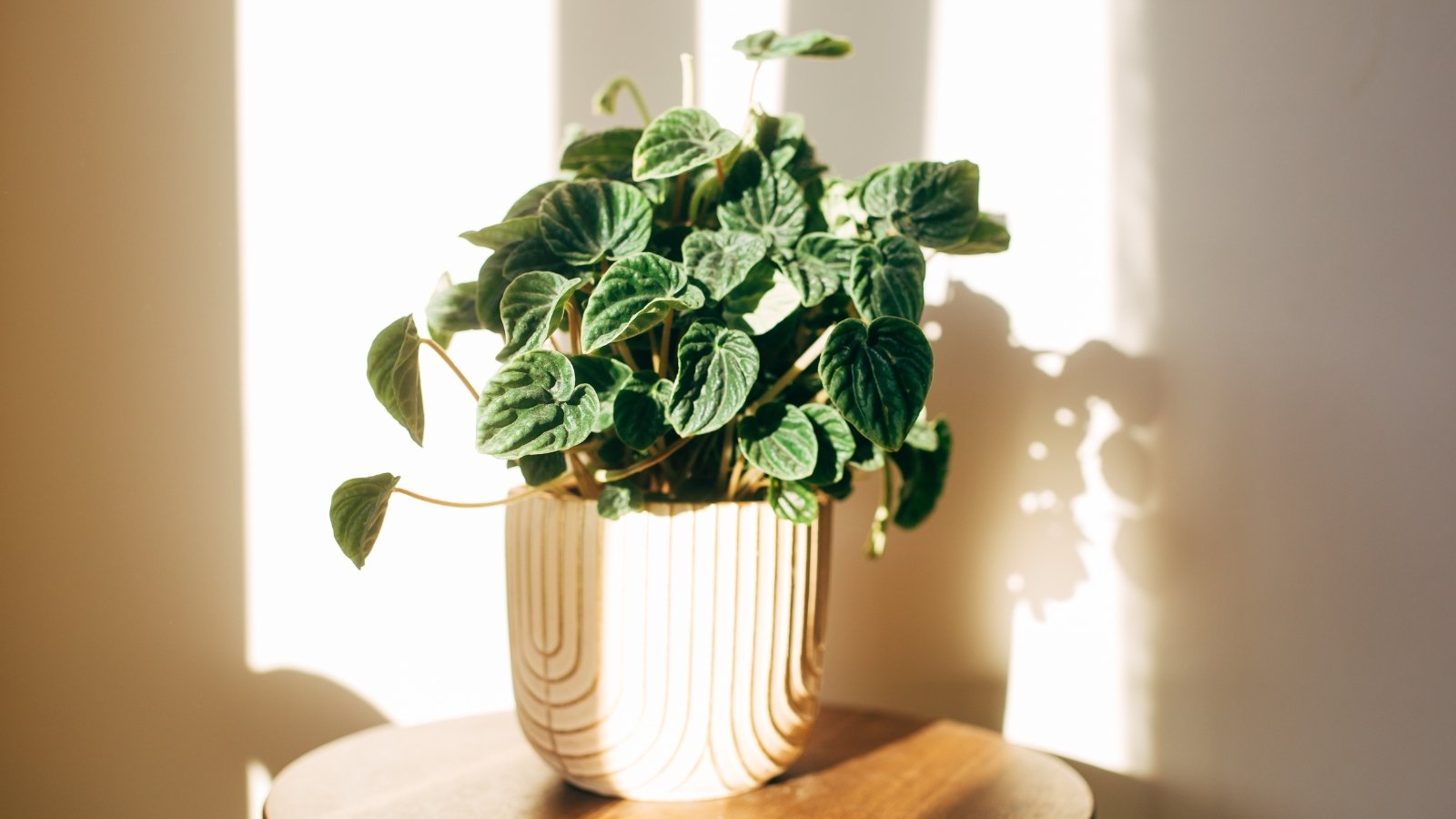

Peperomias embody dozens of various varieties with related progress habits. They’re fleshy, tropical crops with leaves of all shapes, sizes, and colours. Some vine and creep, whereas others are bushy or low-growing from central rosettes. Regardless of which sort you are extra more likely to, you’ll be able to propagate it with cuttings or by divisions in November.
It’s greatest to make the most of cuttings for multiplying vining varieties, whereas division is biggest for bushy varieties. Varieties just like the string of turtles will break aside in case you try and divide them whereas taking cuttings permits the mom crops to persist whilst you create new ones. Change up the method you utilize relying on the peperomia you domesticate.
Some bushy varieties to strive as houseplants are baby rubber crops, emerald ripple peperomia, and watermelon peperomia. Strive creeping varieties like round-leaf or vining peperomia in case you choose spillers that fall out their containers’ edges.
Artillery Fern
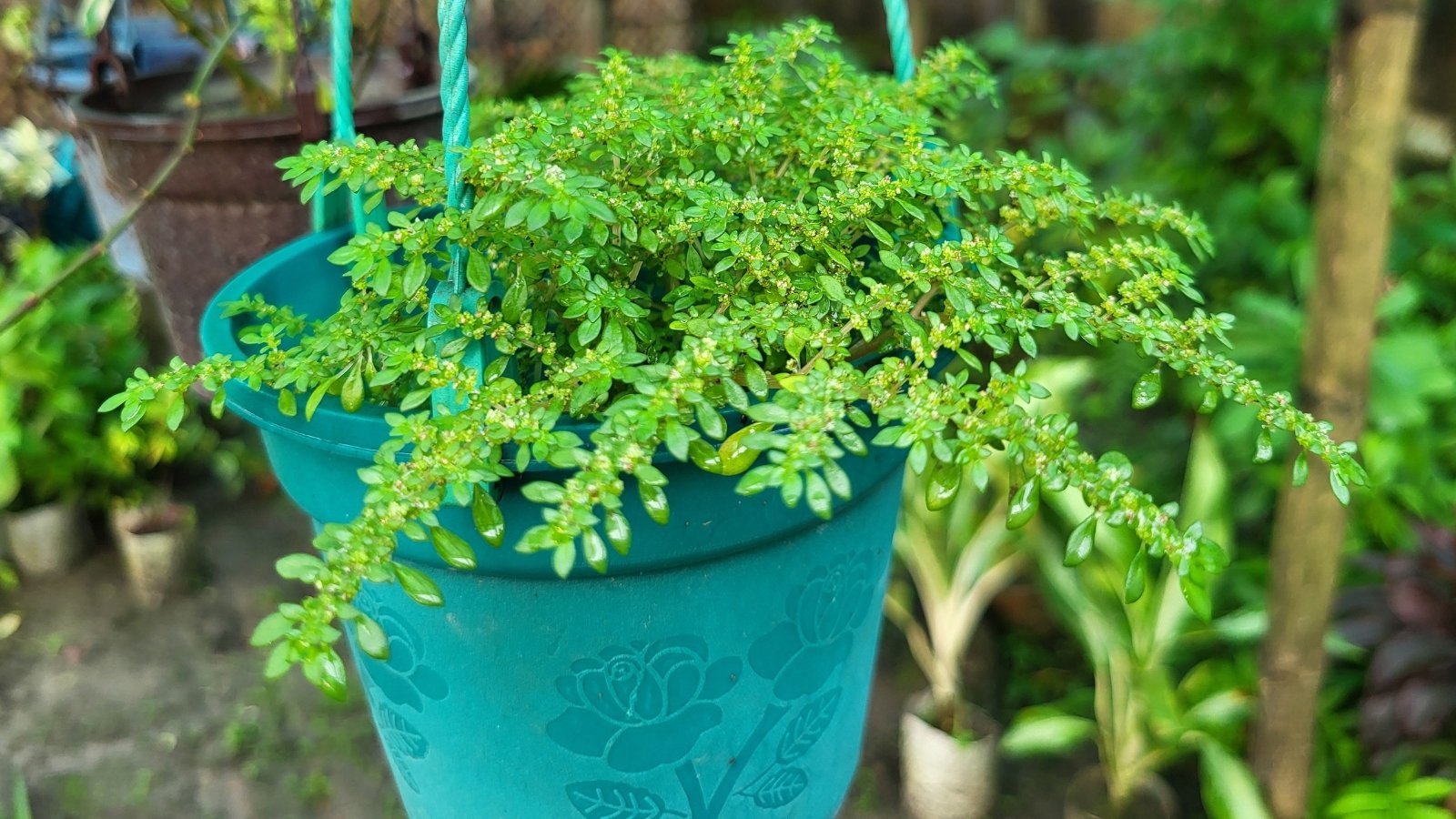

Artillery fern isn’t a fern; it’s a succulent species of Pilea. It’s a relative of assorted Pilea crops like P. glauca and the Chinese language language language cash plant. Grant your specimen three to 6 hours of vivid oblique mild, fertile soil, and water when its soil dries. Comfortable crops produce dozens of fleshy stems that you may use to propagate additional artillery ferns.
Begin by slicing stems off the mom plant 4 to 6 inches extended. Plant them in pots with fashionable soil, and water them efficiently. They’ll want little water whereas they lack roots, nonetheless will rapidly begin ingesting as rapidly as they form. Guarantee their soil is moist nonetheless not soggy they usually additionally’ll develop efficiently with out rotting.
Strive utilizing the finger study in case you’re uncertain whether or not or not or to not water. Stab your pointer finger deep contained in the soil, then see in case you sense any moisture. Water efficiently if it’s bone dry, and wait on irrigating in case you sense water beneath the soil’s flooring.
Chinese language language language Cash Plant


One completely different Pilea species, the Chinese language language language cash plant is a lovely ornamental plant with saucer-shaped leaves. It likes the circumstances of our properties on account of it appreciates vivid oblique mild, and would possibly burn beneath direct daylight. It’ll furthermore lose its leaves if there’s an excessive amount of shade. Properties have ample spots with mild that isn’t too darkish or vivid, creating preferrred places for the Chinese language language language cash plant.
Propagate this fleshy houseplant this November by benefiting from its offsets. Mature specimens produce baby crops that sprout subsequent to their important stems. The offsets develop a root system separate from the principle plant—they’ll survive in case you pluck them and place them in a mannequin new container.
Begin by discovering offsets with higher than three or 4 leaves. Excavate them from the container, cautious to not harm theirs or the principle plant’s roots. Transplant them into pots no less than six inches deep with fertile, moist soil.
Asparagus Fern
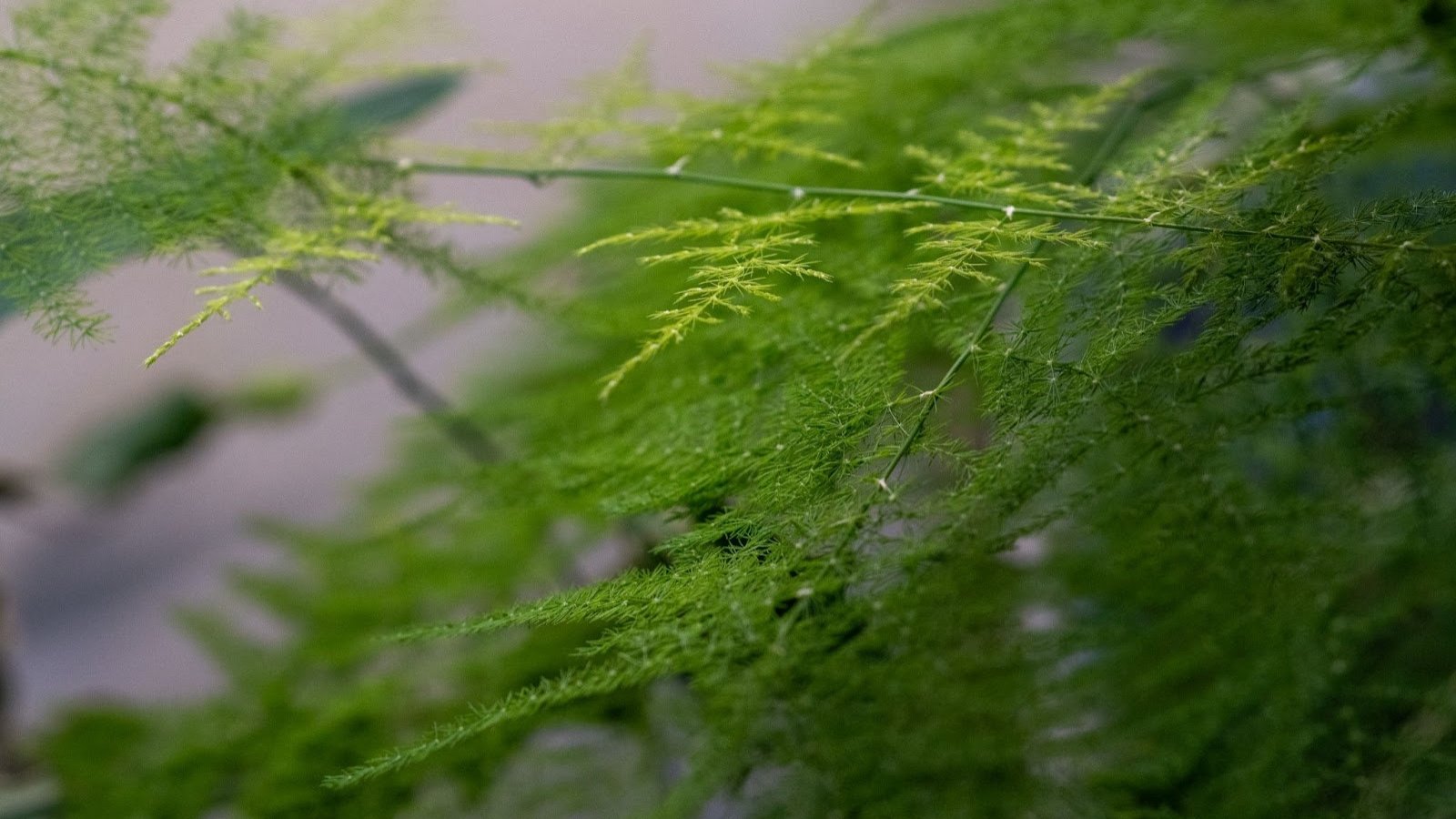

Asparagus fern is throughout the an an identical genus as culinary asparagus! It’s not edible, nonetheless it sends spiky shoots upward that develop lacy fern-like foliage. The good leaves are a dainty addition to indoor areas, and blissful mature specimens have dozens of stems with these ornamental leaves for a incredible impression. Though the lower stems gained’t form roots, you may use division to propagate asparagus ferns merely.
Divide your mature specimens in November by eradicating them from their containers. Brush or wash away the soil, then uncover sprouts with a root system separate from the principle plant. You will must make use of pruners or a knife to separate the roots fastidiously so that you simply allow as many intact as potential. Take the separate sprouts and pot them up in new containers with well-draining potting soil.
Asparagus ferns are low-light lovers, though in addition to they admire vivid, oblique mild in our properties. Grant them a location near a window the place they’ve some direct daylight and shade. In case you uncover leaves yellowing and falling off, your plant nearly undoubtedly wants water or additional mild.
Burro’s Tail


Burro’s tail, or donkey’s tail plant, is a succulent vining species preferrred for growers who wish to ship desert vibes into their properties. It has vivid blue-green pearl-shaped leaves which will probably be juicy and full of flesh. They fall off the stems and sprout clones of the mom plant, making propagation a easy train.
Merely accumulate various the fleshy leaves, place them in pots with filth, and water them efficiently. They’ll want vivid mild or direct sunshine indoors, as this succulent thrives the extra mild you give it. If the mannequin new sprouts develop leggy with few leaves, change them nearer to the picture voltaic and prune the leggy stems to encourage additional compact progress.
Burro’s tail thrives indoors on account of it’s frost-tender in zones 9 and beneath. In case you lack ample brightness year-round in your house, you’ll be able to change your specimen outdoor for the nice and cozy months and indoors for the chilly ones. Add a develop mild to your private residence by the use of the winter, and your succulent will thrive till spring heat returns.
Dwarf Umbrella Plant
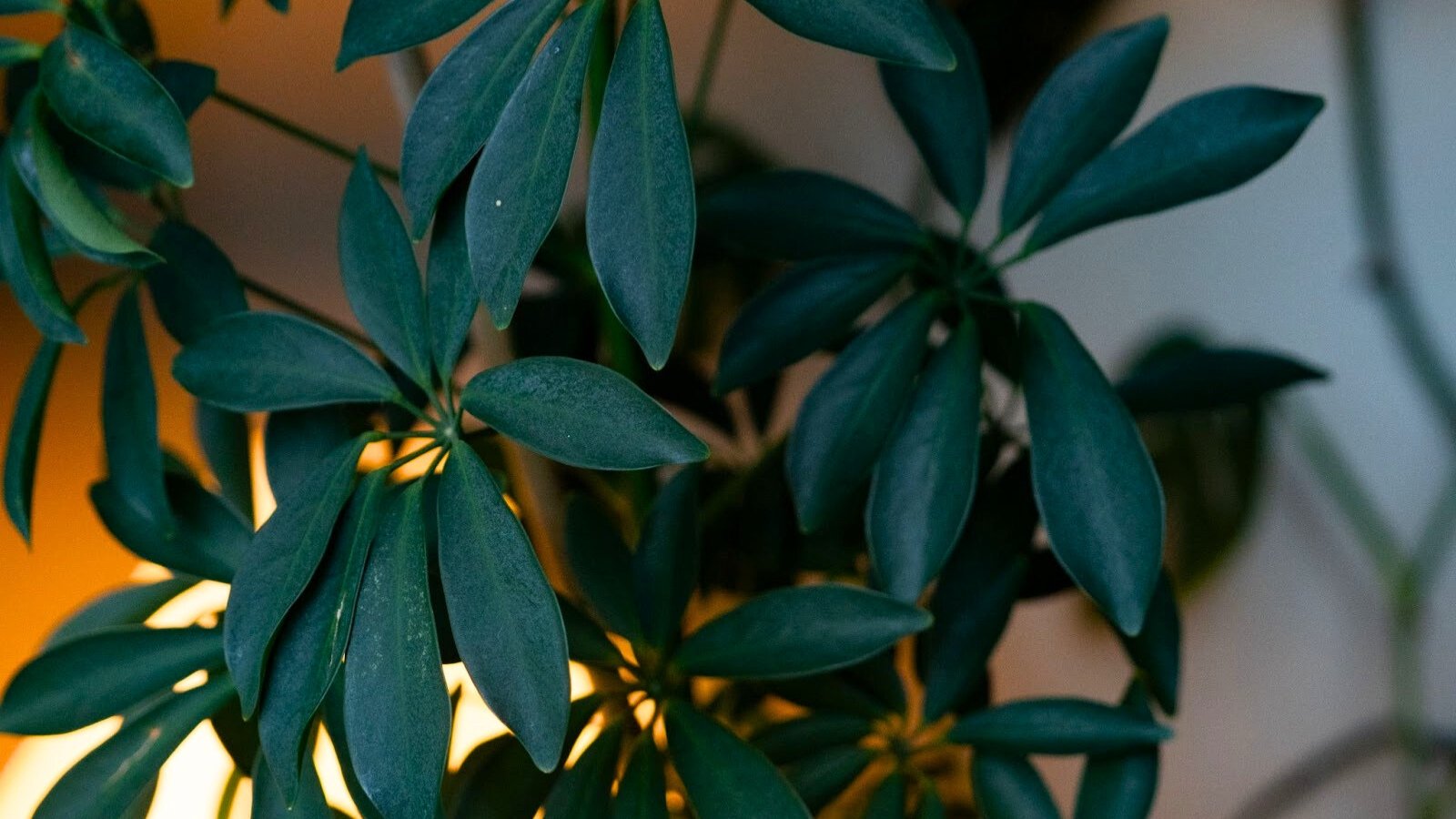

This tall shrub or small tree is nice for workplace areas, homes, and rental properties. It’s low upkeep, loves shady circumstances, and requires little water all by its lifetime. It roots freely from cuttings; you may use them indoors as bonsai provides, or outdoor in heat zones to make a hedge or a standalone specimen.
Propagate dwarf umbrella crops by pruning off stems so that they’re six to eight inches extended. Guarantee they’ve some leaves at their methods and that they’re inexperienced cuttings, not woody ones. Inexperienced ones usually tend to root elevated than woody specimens. Place the stems in pots with fertile, well-draining soil, and water them efficiently when their soil dries.
Dwarf umbrella plant cuttings want fastened lighting whereas they root, they usually additionally’ll wrestle in terribly low-light conditions. Grant them develop lights for 3 to 4 hours a day, or place them close to a window the place they’ll purchase oblique vivid lighting. Likelihood is excessive you’ll use a curtain or blinds that allow filtered mild by to filter harsh direct picture voltaic rays.
Dwarf Monstera
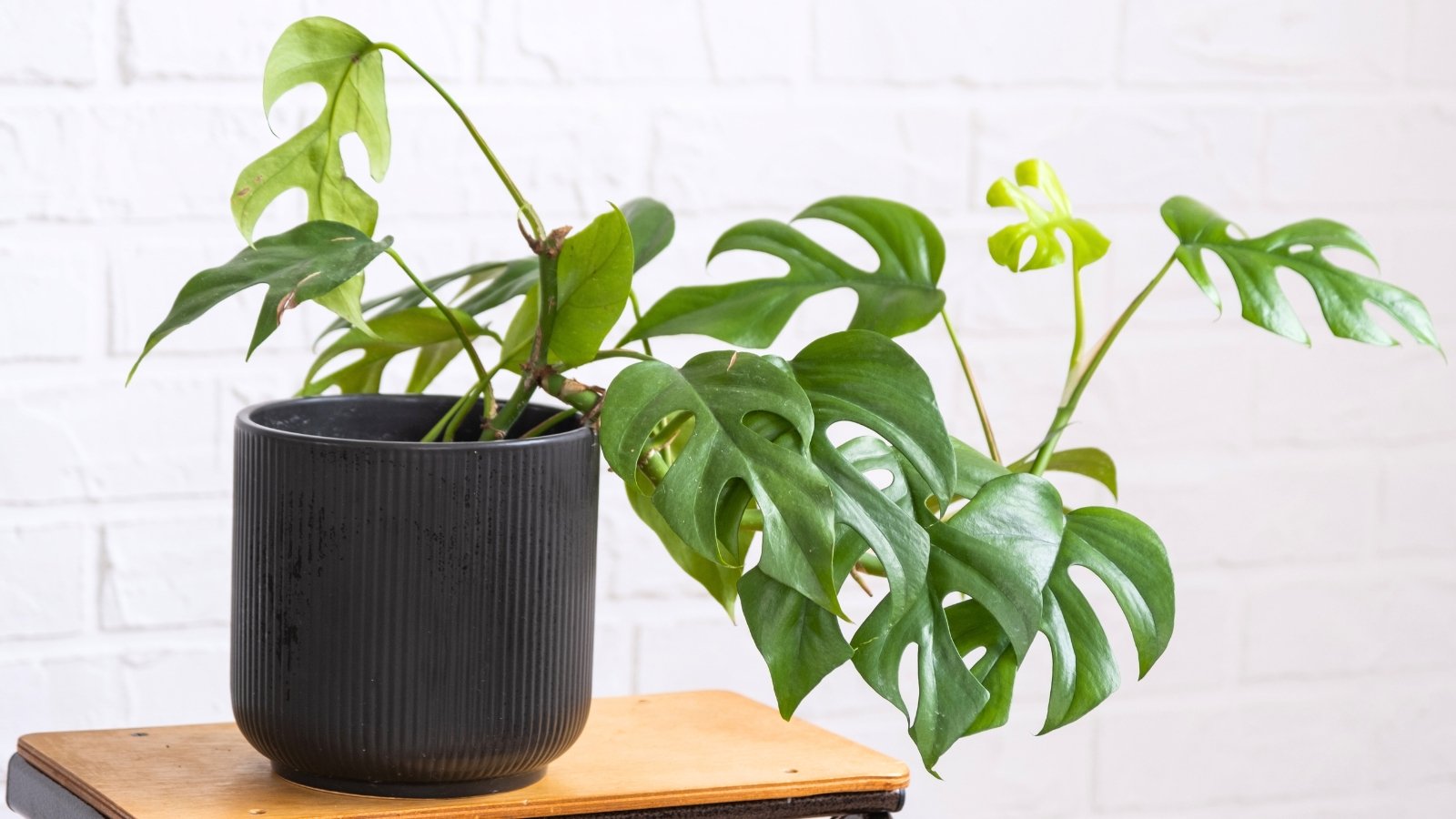

Dwarf monstera isn’t an precise Monstera species, it’s really in a separate genus Rhaphidophora throughout the an an identical household Araceae. It receives its title because of its leaves which have holes in them, very like Swiss cheese crops. It’s an evergreen-vining tropical species that loves rising indoors. Dwarf monstera creeps alongside forest flooring in its native fluctuate earlier than discovering tree trunks that it will presumably ramble upwards on.
Like Swiss cheese and pothos crops, you’ll see this species sprouting aerial roots when it’s blissful and thriving. They’ll unfold into the soil throughout the event that they contact it or they’ll take up water and develop in a glass jar. Select whichever potting medium is biggest for you and your personal dwelling’s setup.
Propagate dwarf monsteras by inserting cuttings with aerial roots in water or soil, and provides them between two and 6 hours of day-to-day direct daylight. This species is drought tolerant as rapidly as a result of it establishes itself, nonetheless the cuttings want fastened soil moisture whereas they adapt to their new properties.
Spiderwort
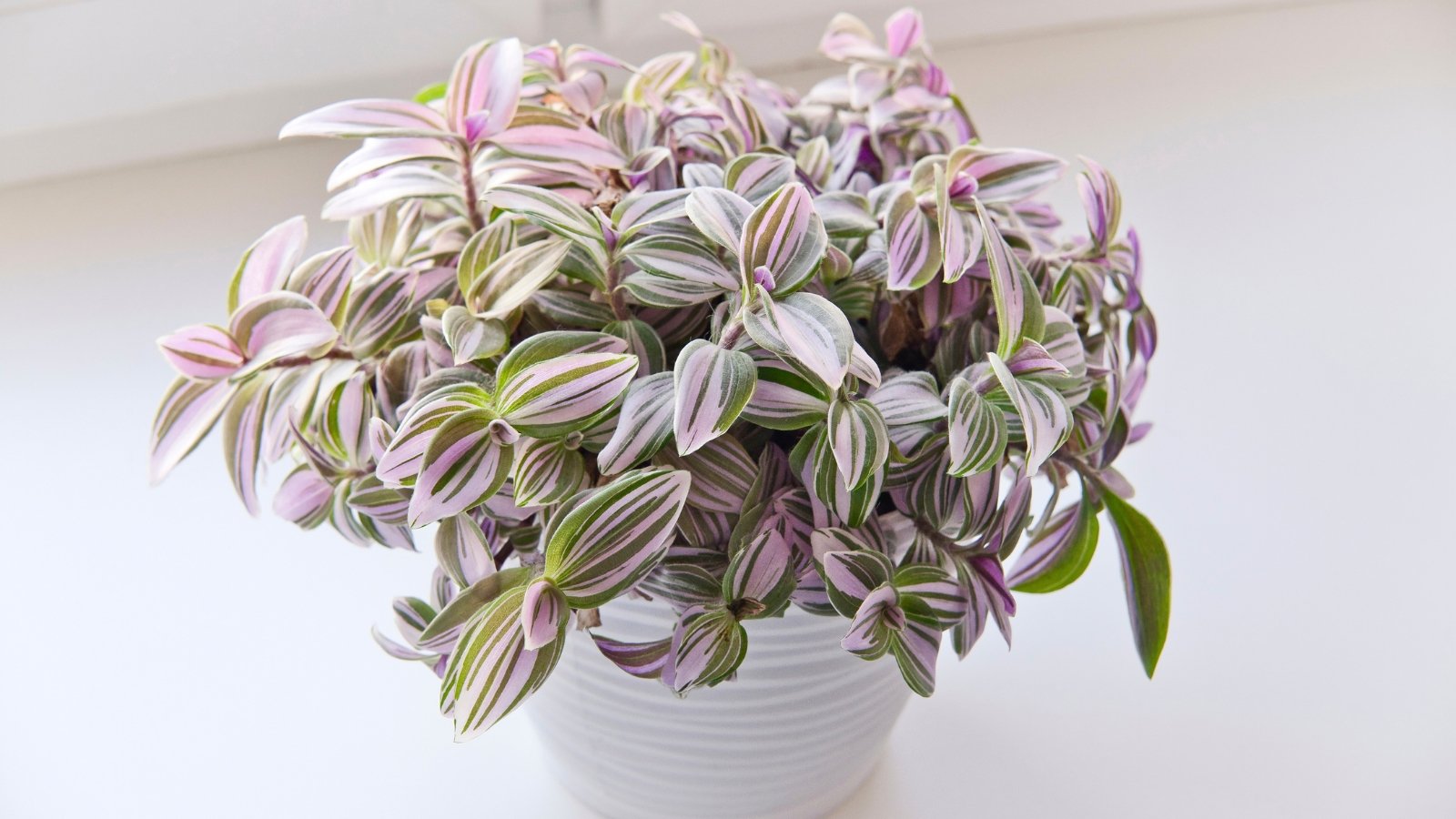

Spiderwort is the frequent title for dozens of trailing species. Most are native to the Americas, with some originating contained in the States like Virginia and Ohio spiderwort. Others are heat area lovers with low frost tolerance; they’re preferrred houseplants in chilly areas. In all probability the best spiderworts for our properties are these tropical varieties that originate in hardiness zones 9 by 12.
Like dwarf monstera and pothos, spiderwort sprouts roots from cuttings in every soil or water. Choose stems from a thriving, mature specimen and strip them of their decrease leaves. Place them in soil or a glass of water, and provides them oblique vivid mild whereas they root.
For those who see roots on the cuttings in water, transplant them to a container with fashionable potting soil. They gained’t survive efficiently in jars of water and will rot out earlier than they develop new leaves. Place your new plant infants in a vivid location with oblique daylight for the correct indoor rising outcomes.
Dragon Tree
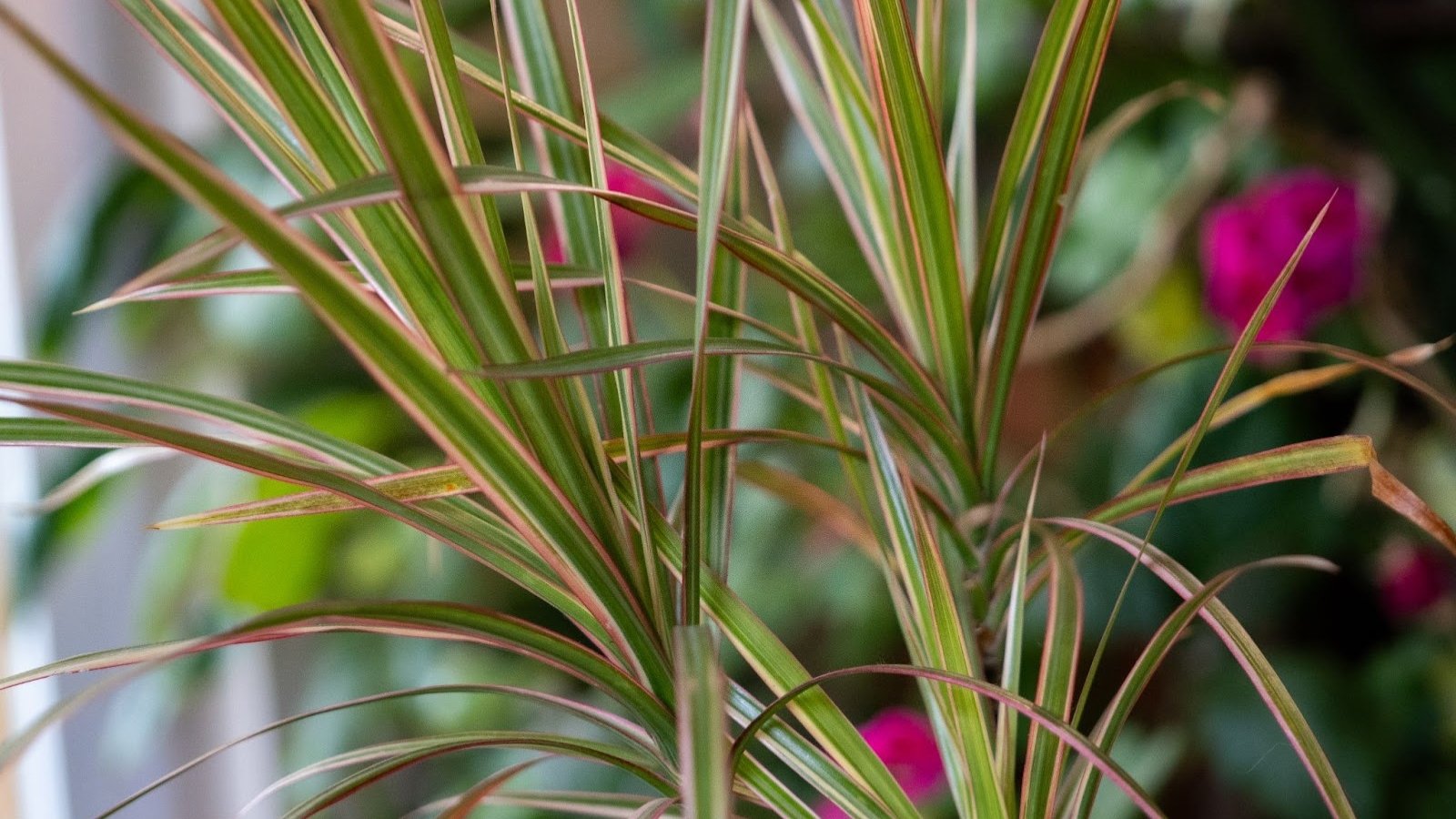

Dragon timber are iconic houseplants! They sprout slender leaves with variegation that’s utterly utterly completely different relying on the variability. There are pink and inexperienced, yellow, and maroon varieties that add enchantment wherever they develop in your house. An identical to the Chinese language language language cash plant, this Madagascar native plant requires filtered mild with out direct sunshine indoors. Their leaves might scorch if there’s an excessive amount of!
Exterior, these specimens attain 20 ft or higher, though they’ll protect beneath six or seven ft in your house. They take efficiently to pruning, and every woody stem you slender off will develop two additional as an alternative. You presumably may also help your tree protect bushy and create new cuttings for propagation concurrently.
Root these cuttings in pots with well-drained soil. Water sometimes so the soil dries, nonetheless don’t let it develop to be bone dry. Dragon timber admire humidity, and along with a humidifier to your setup helps them root with out elements.

